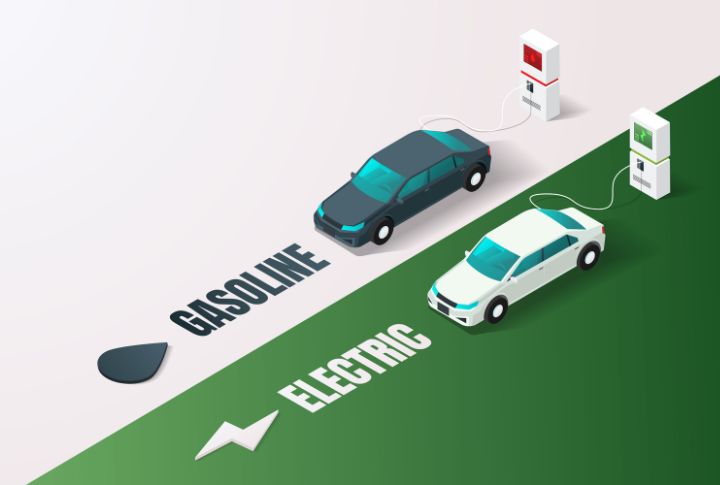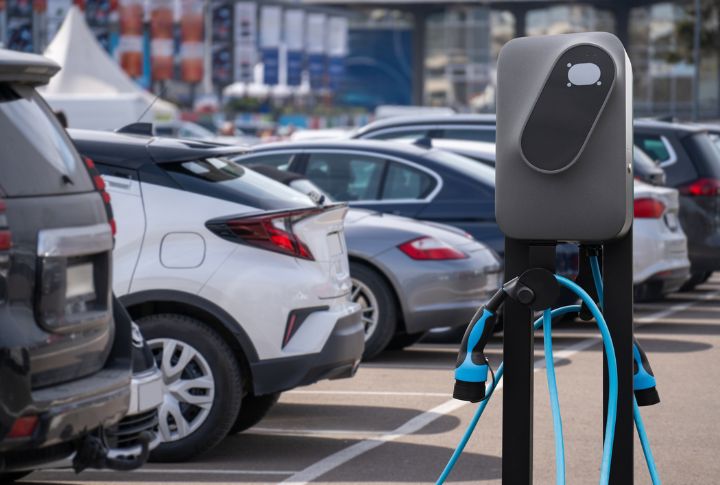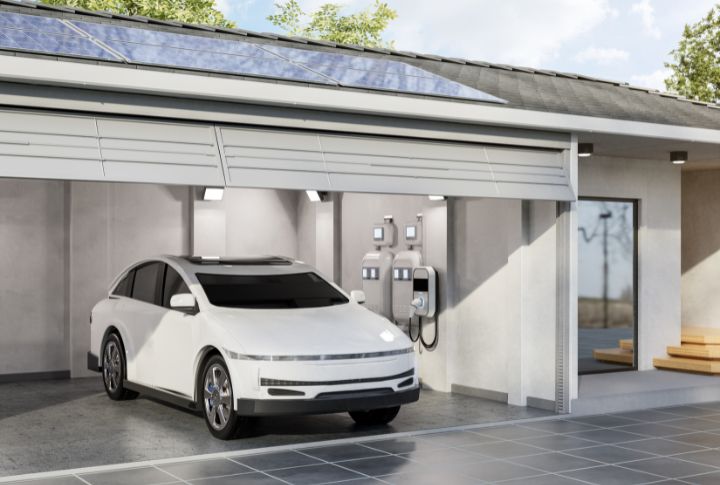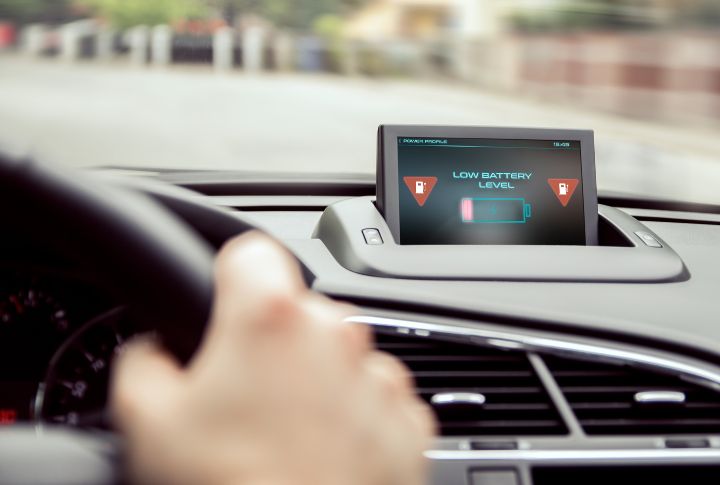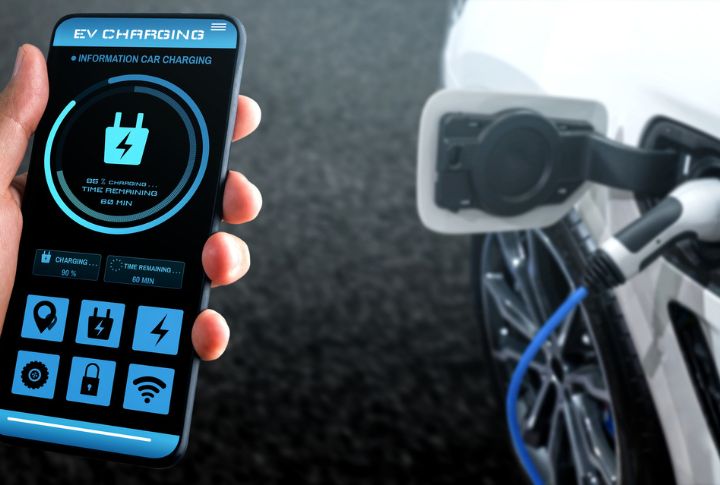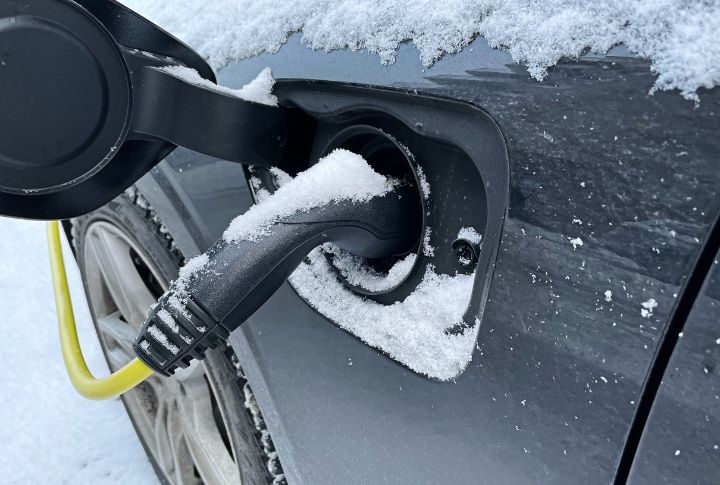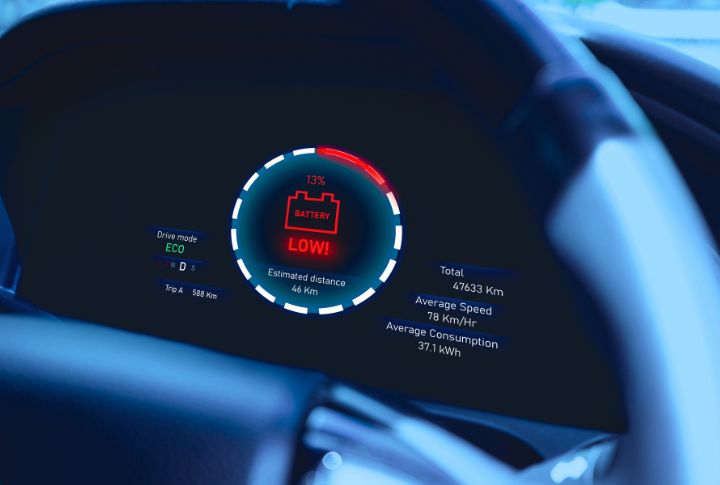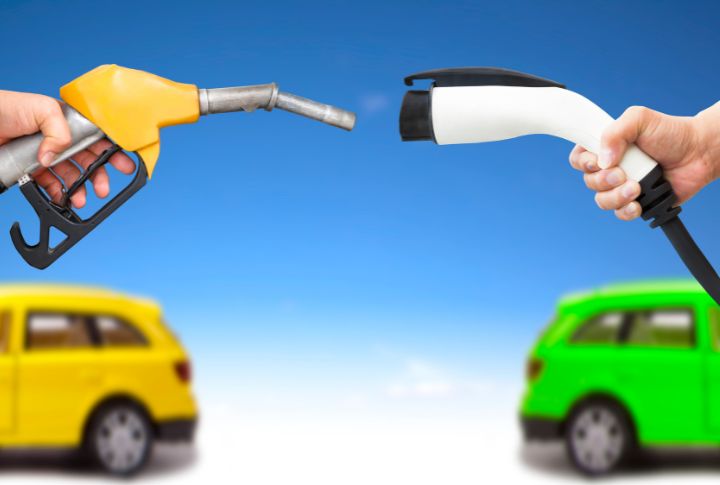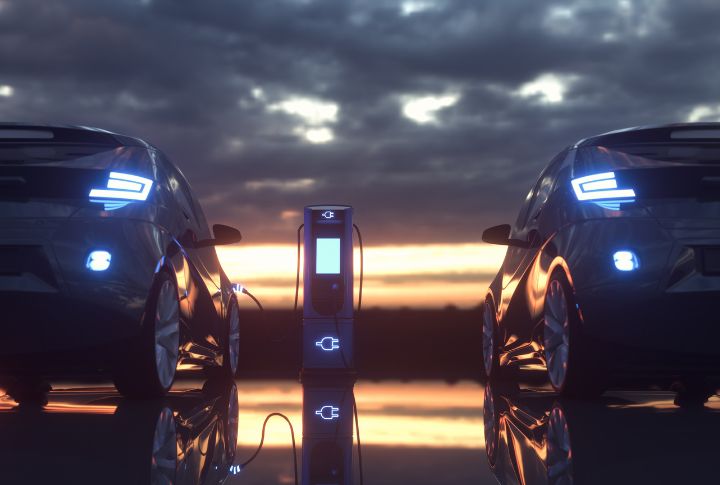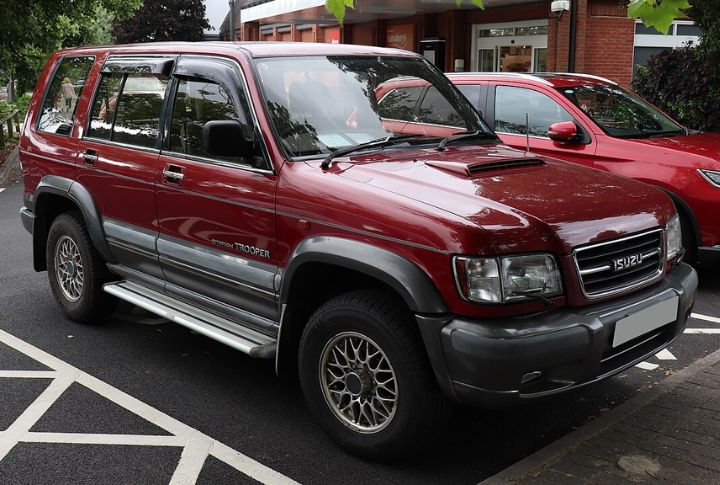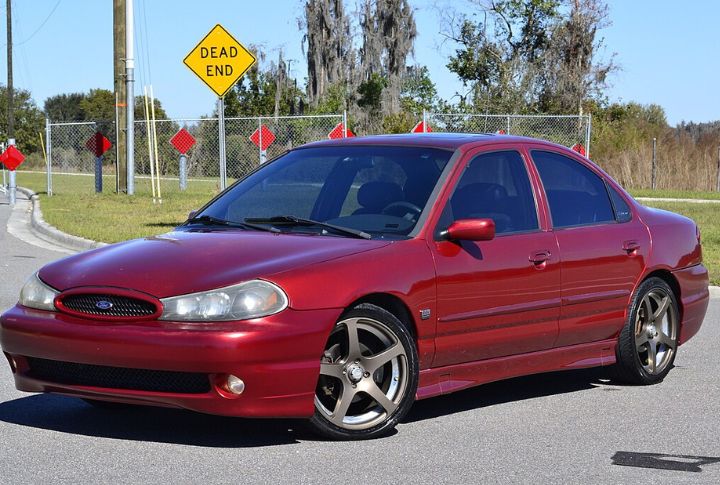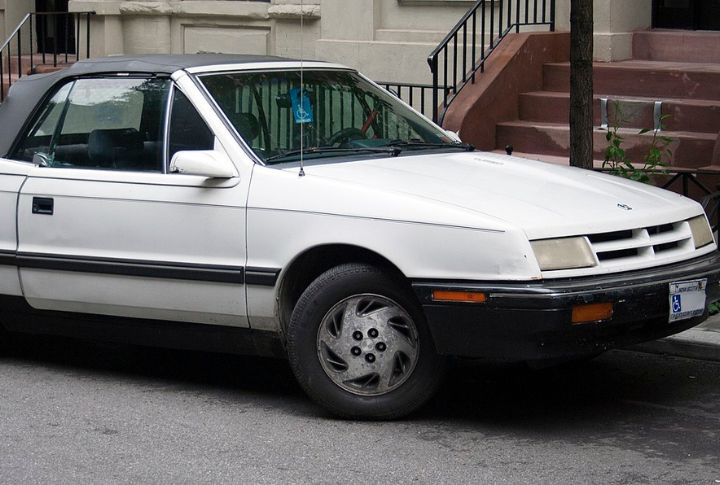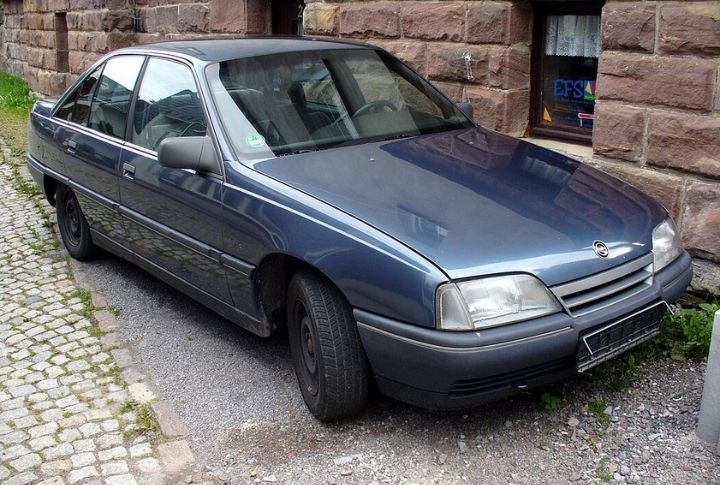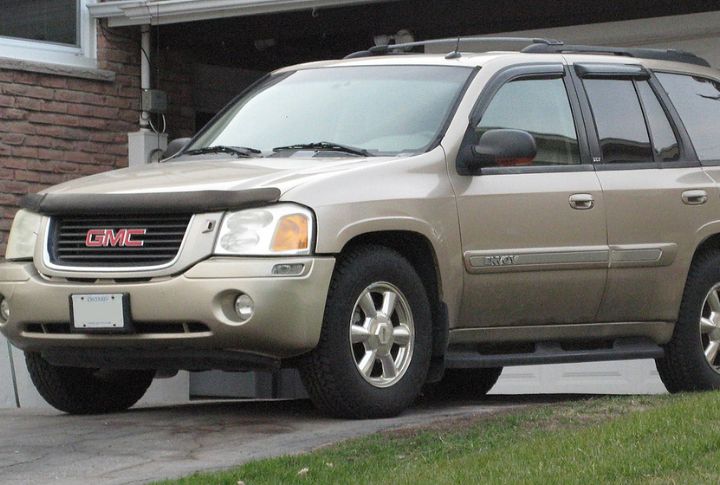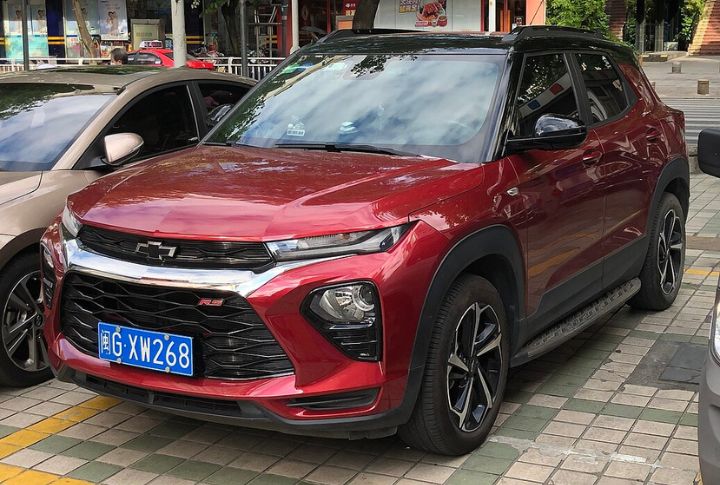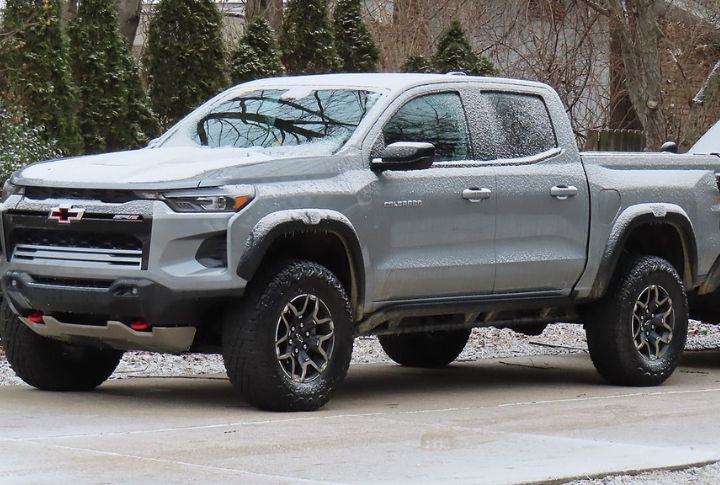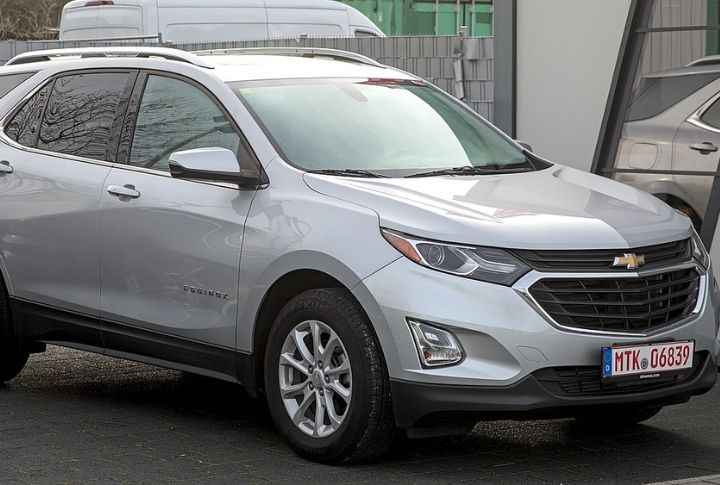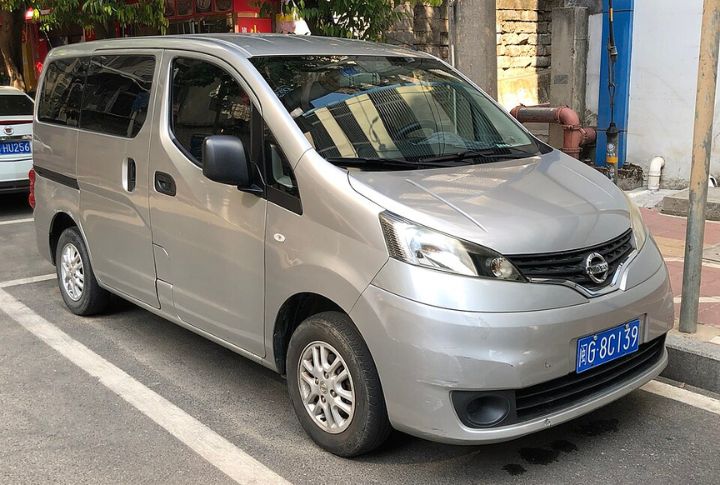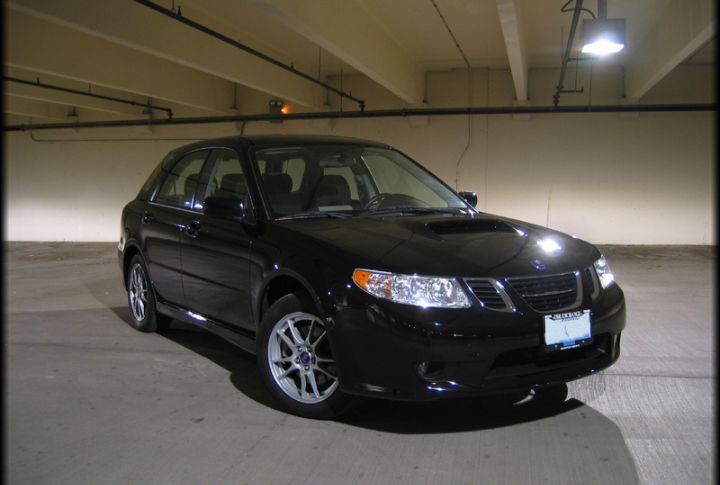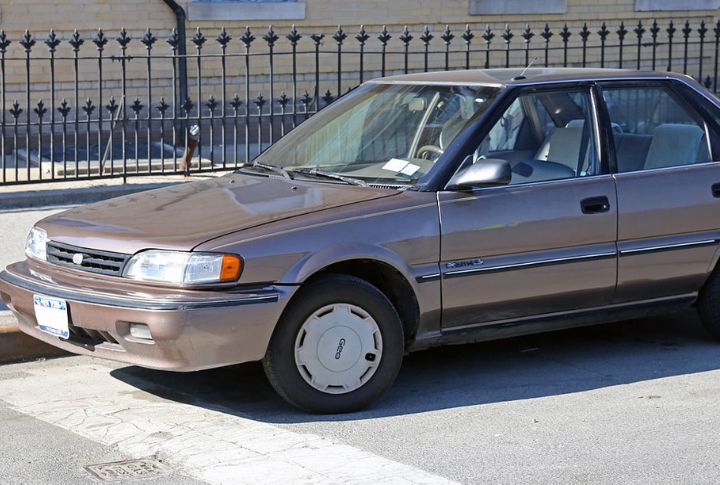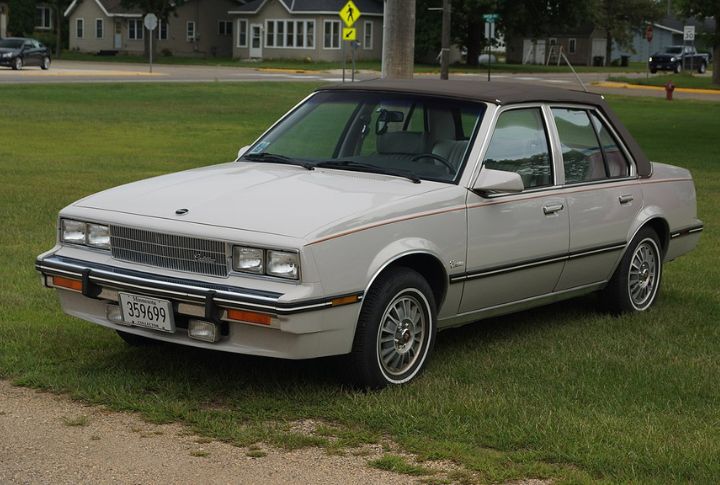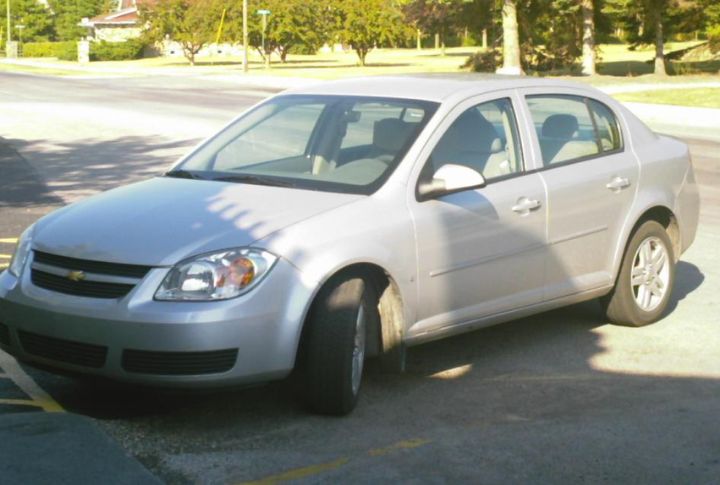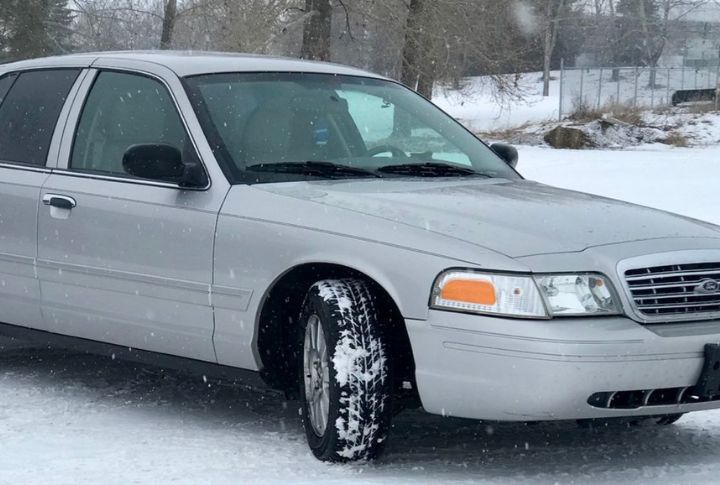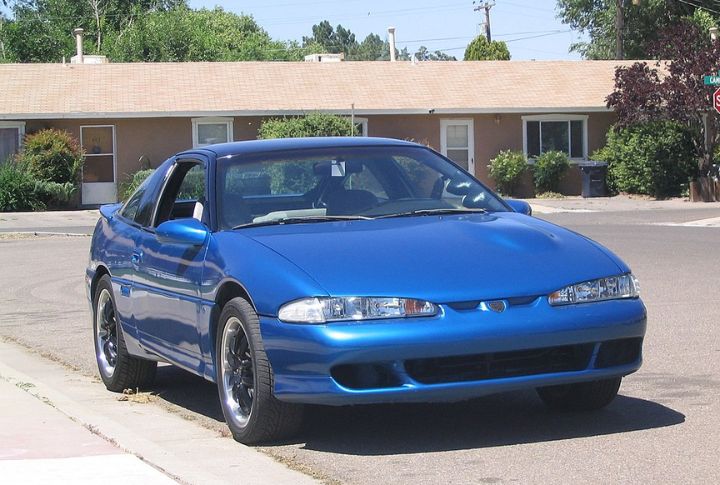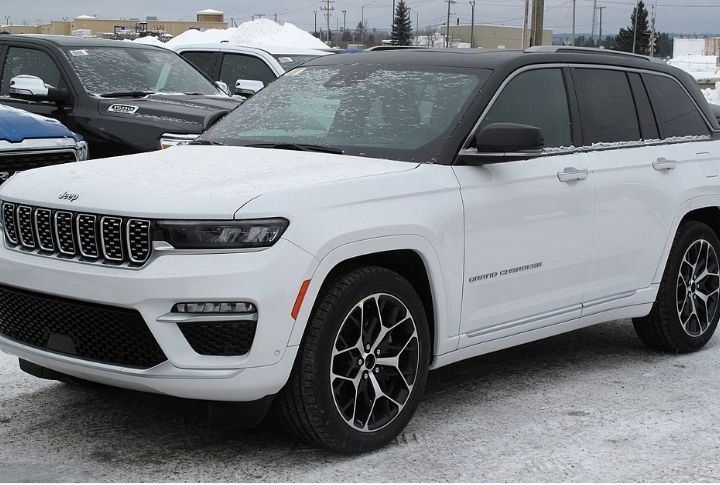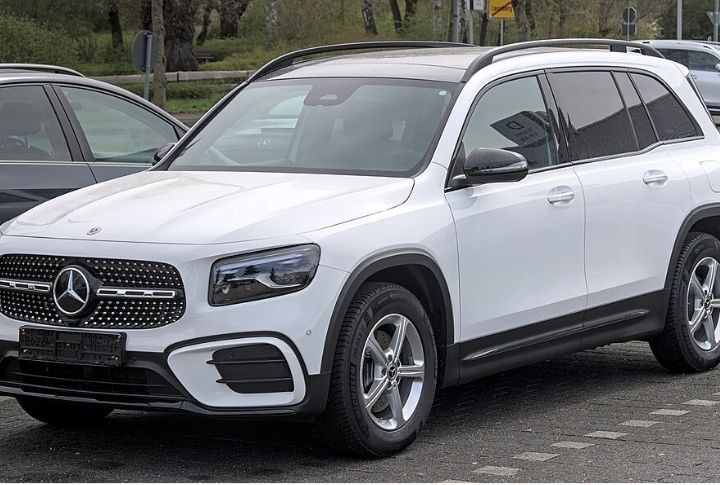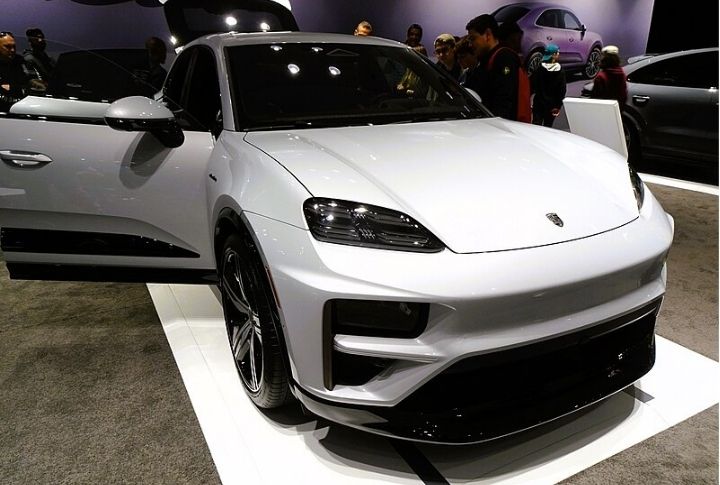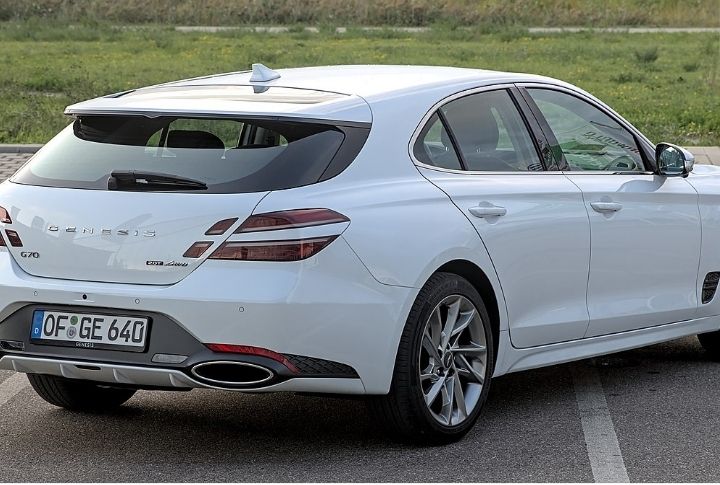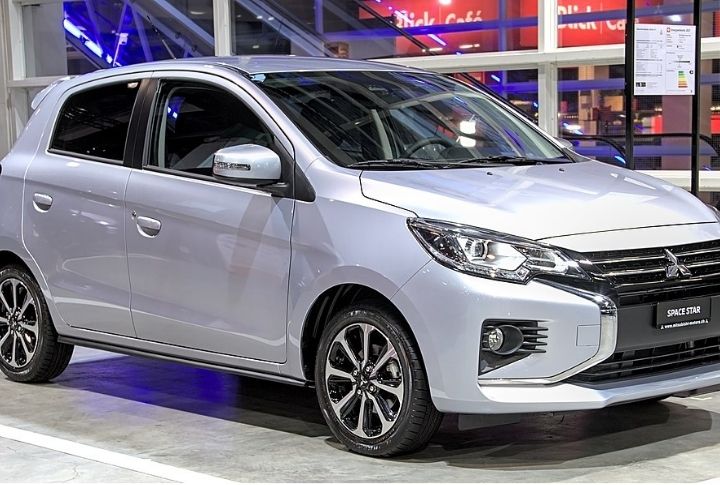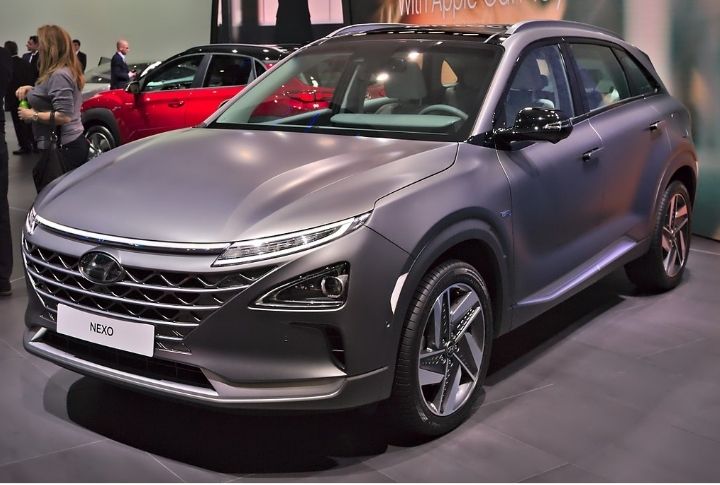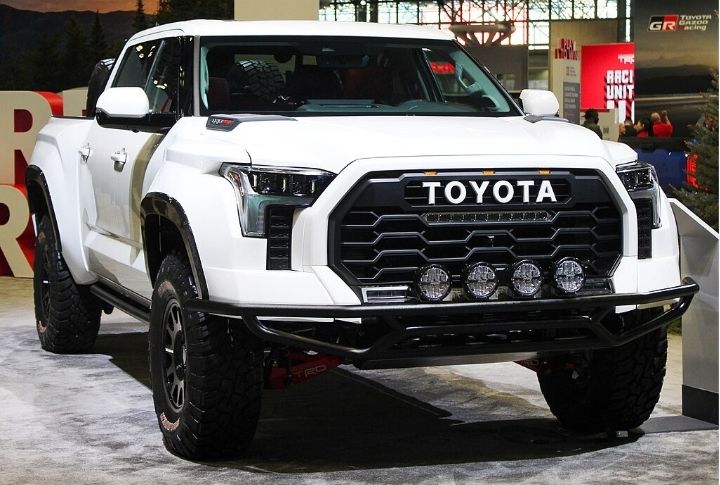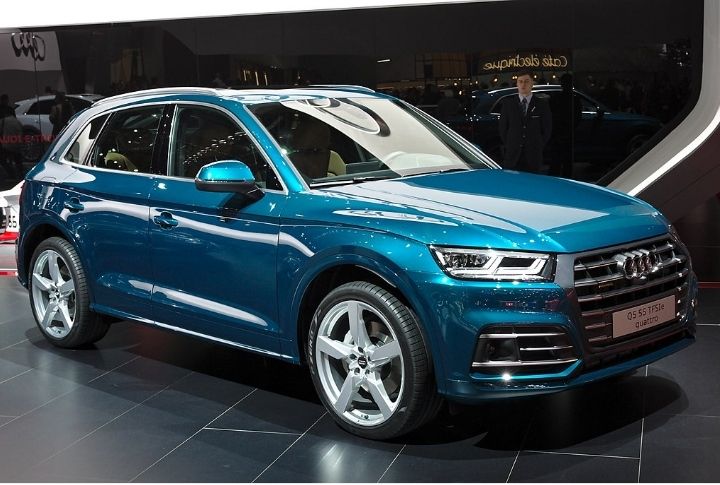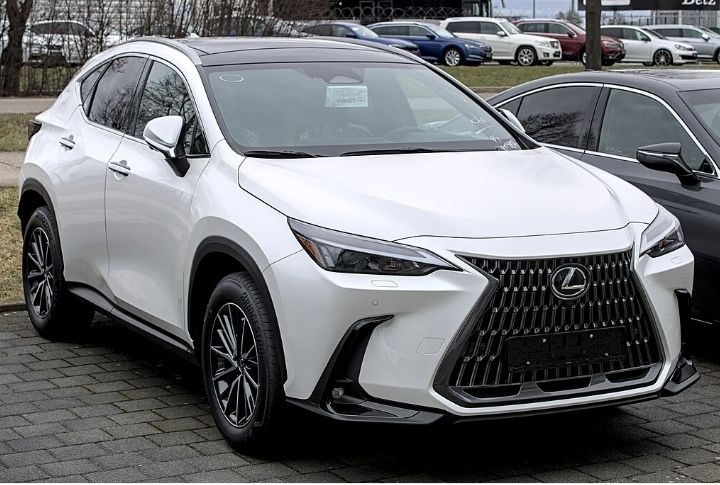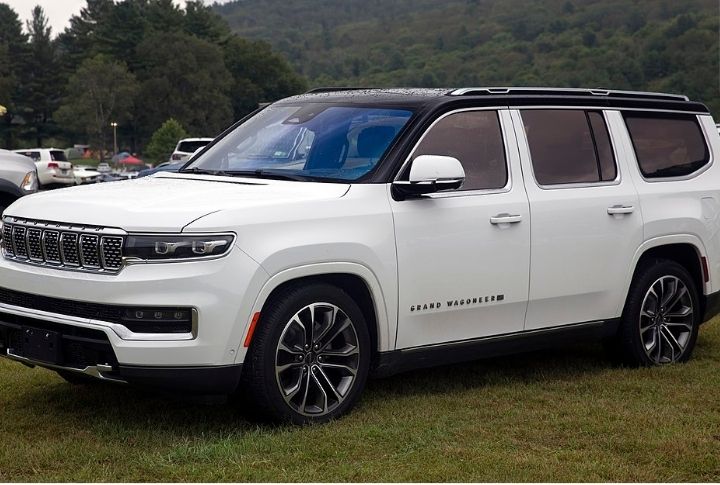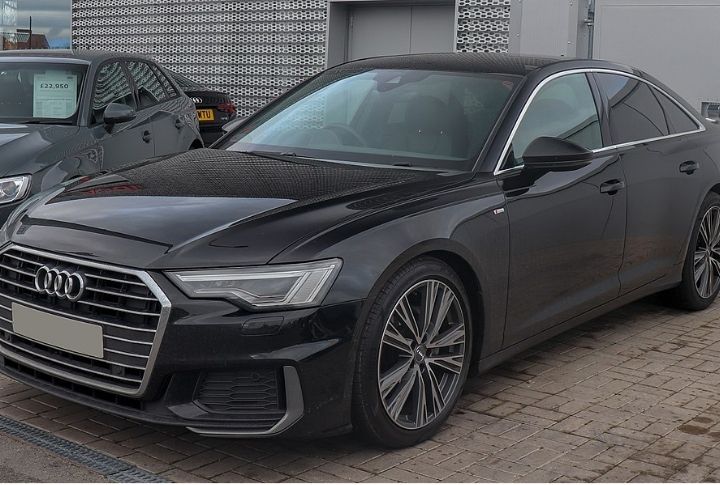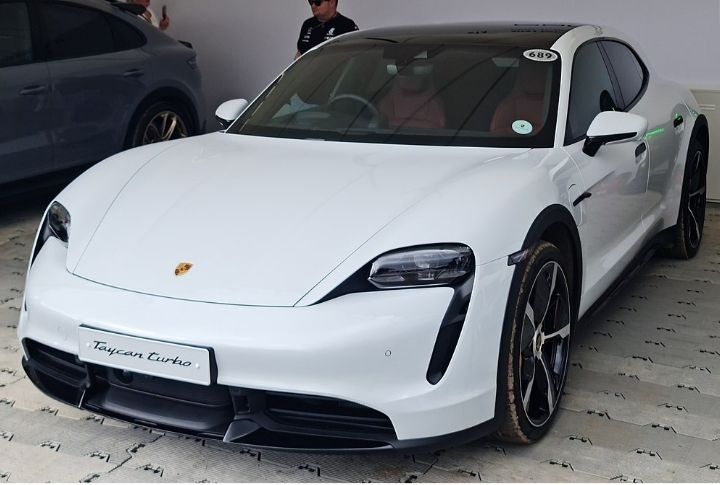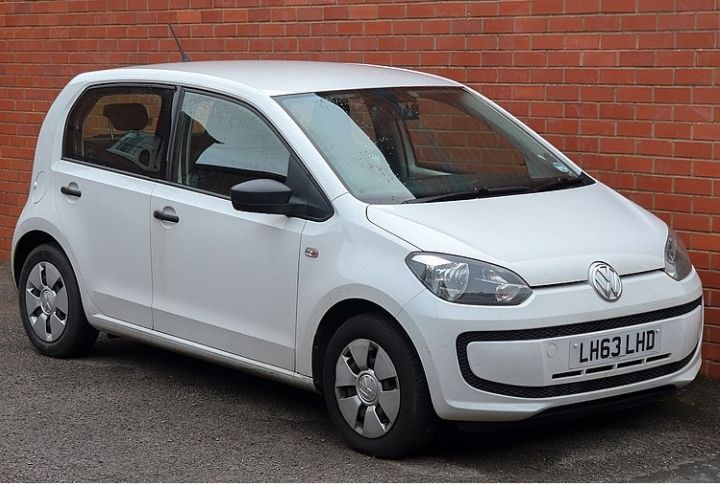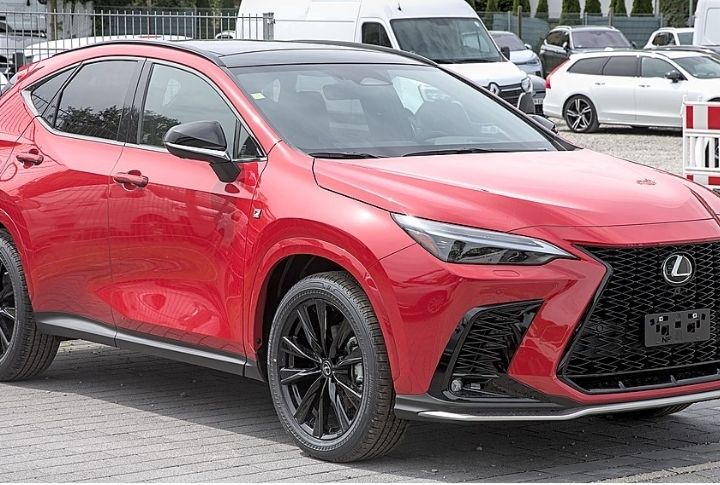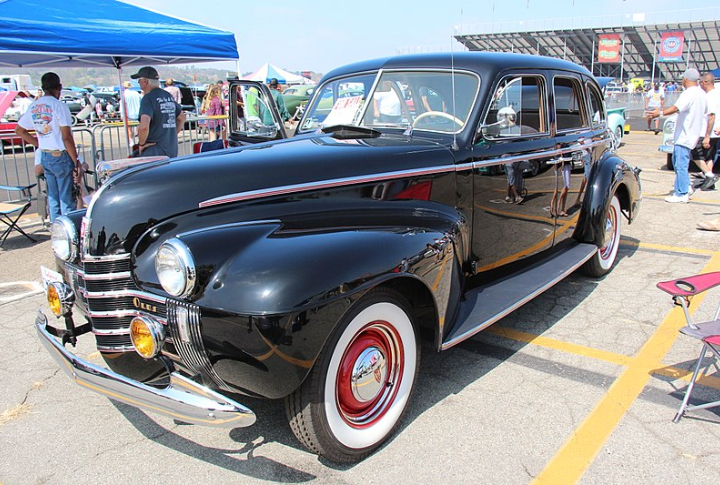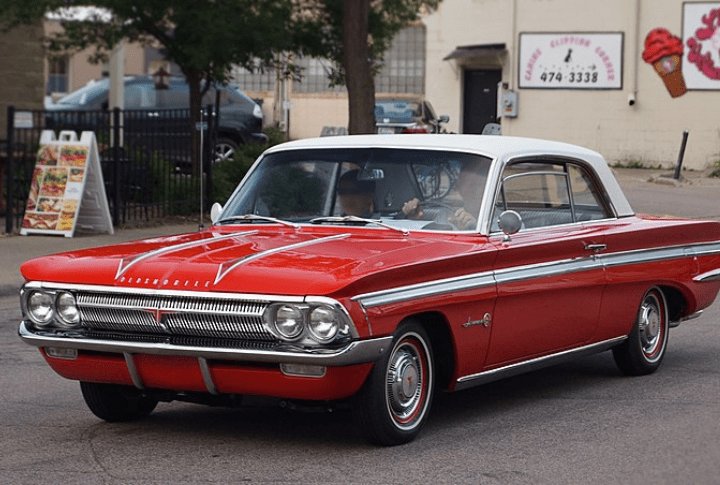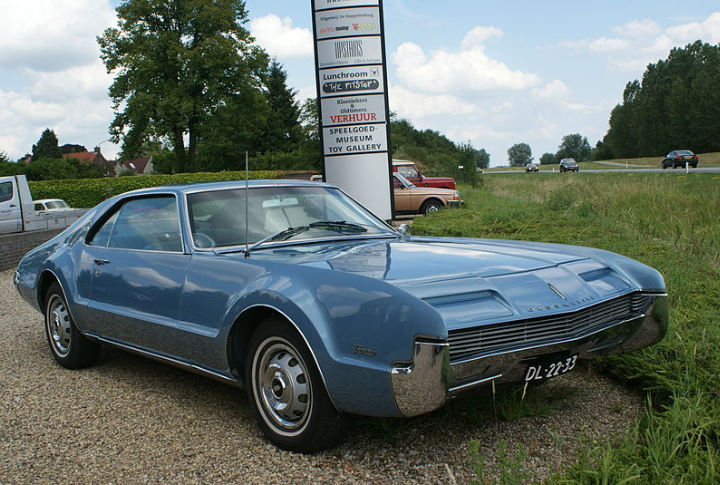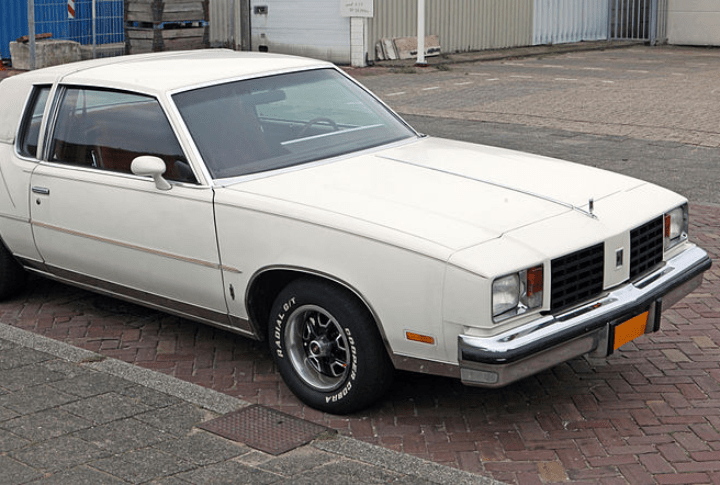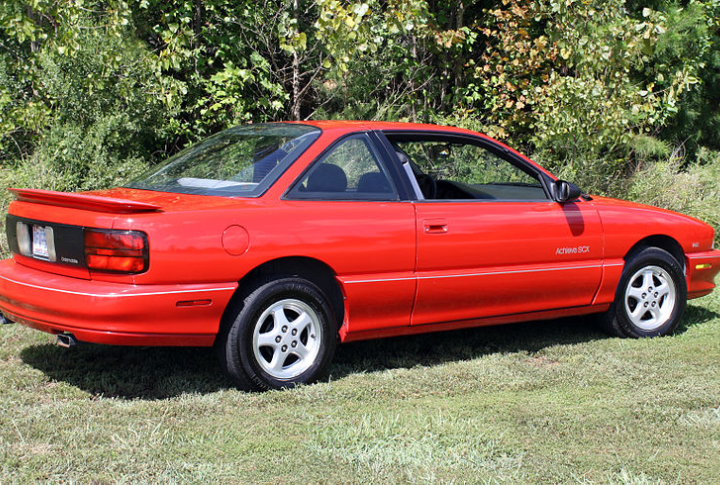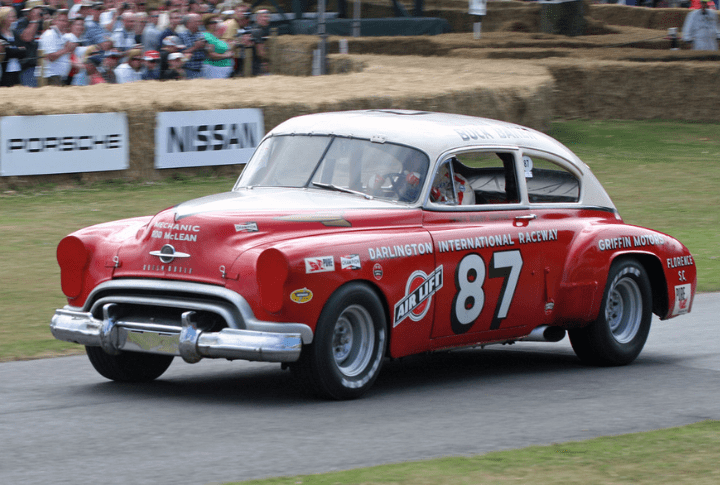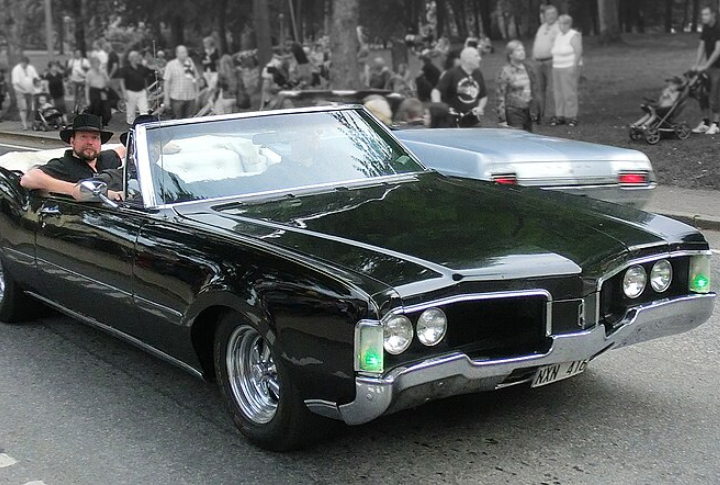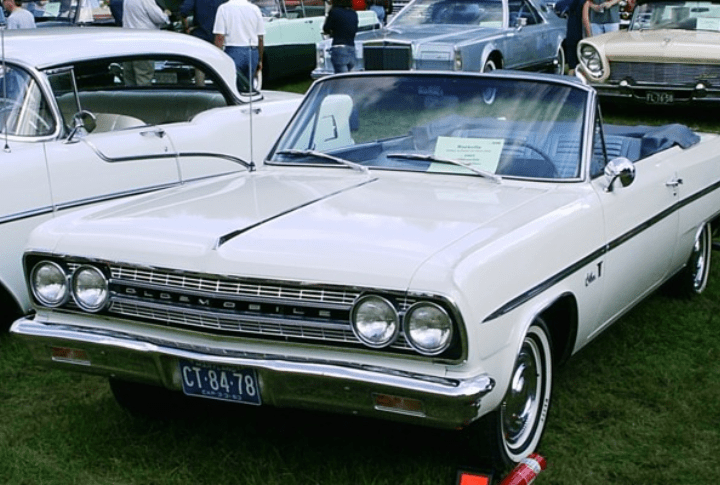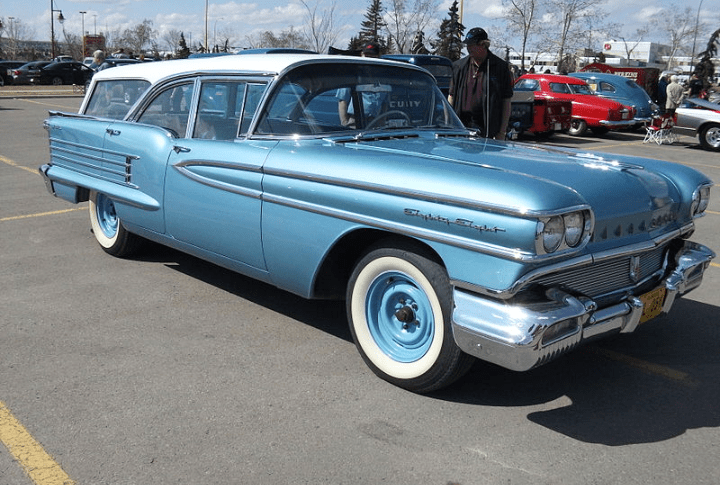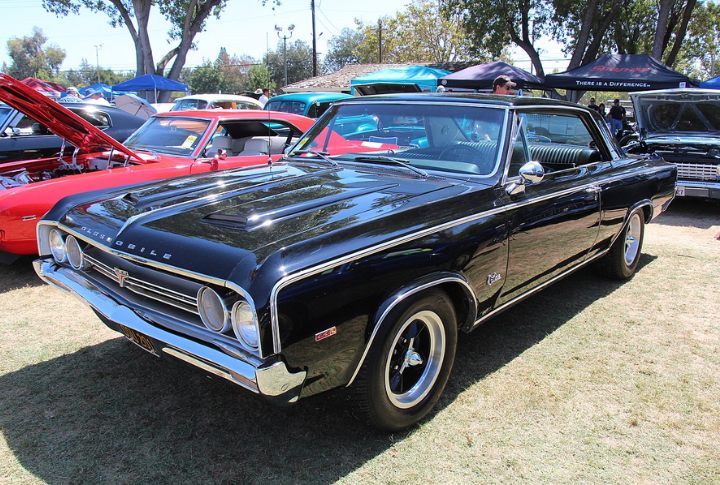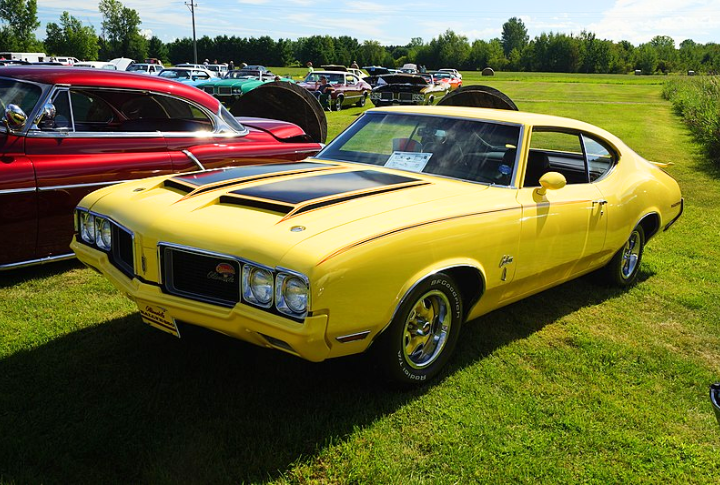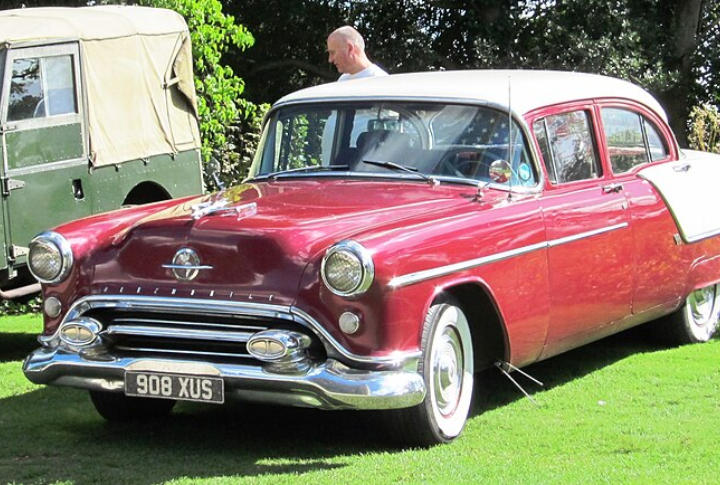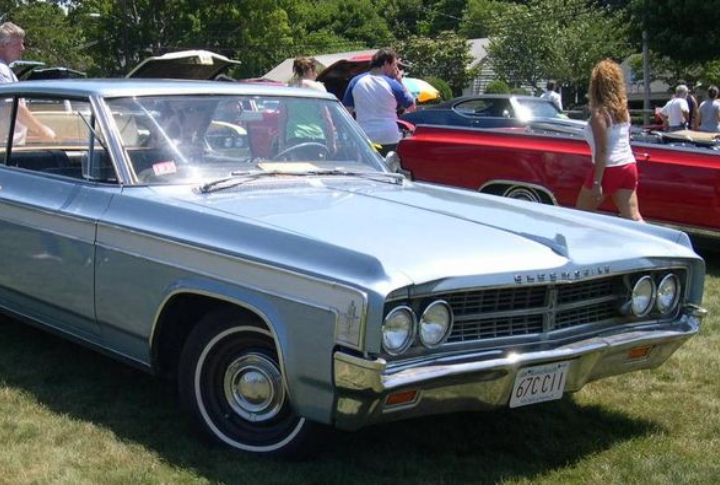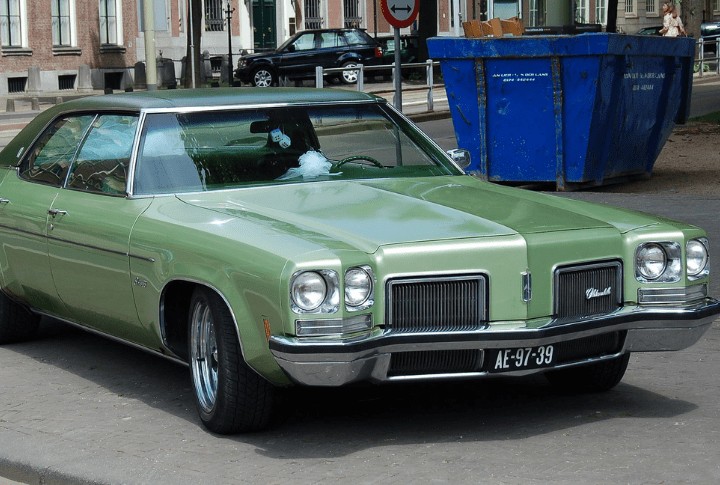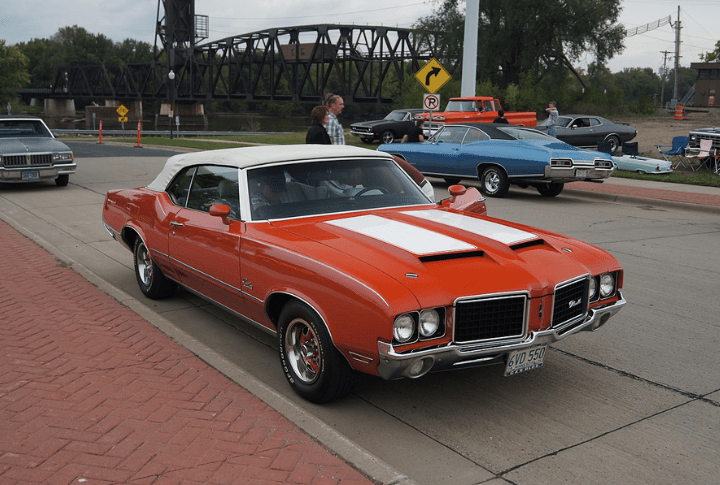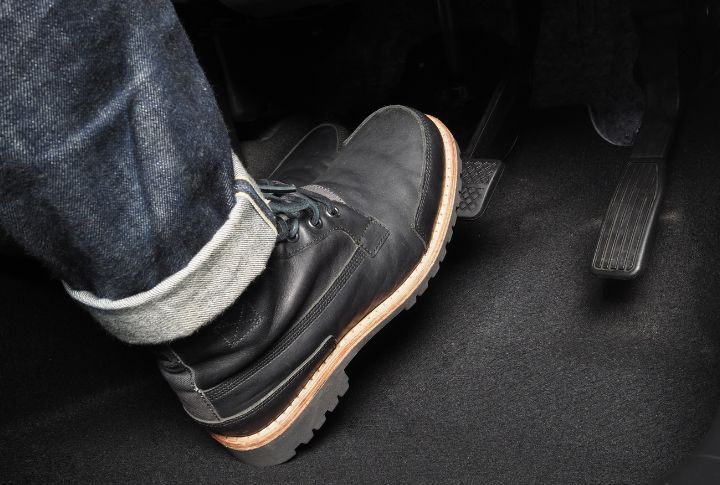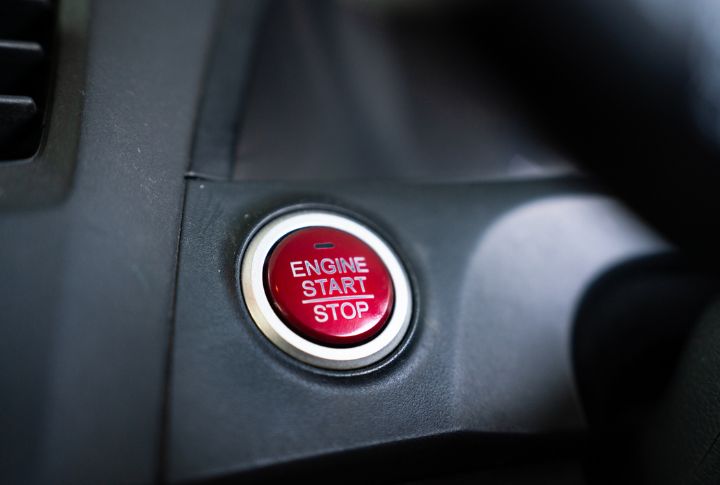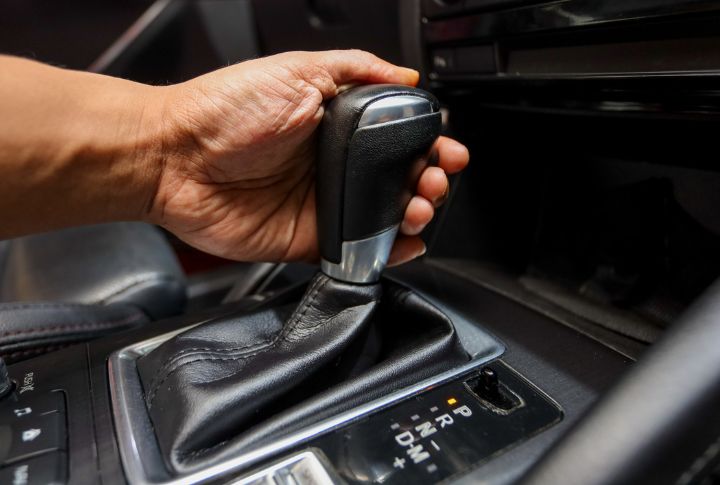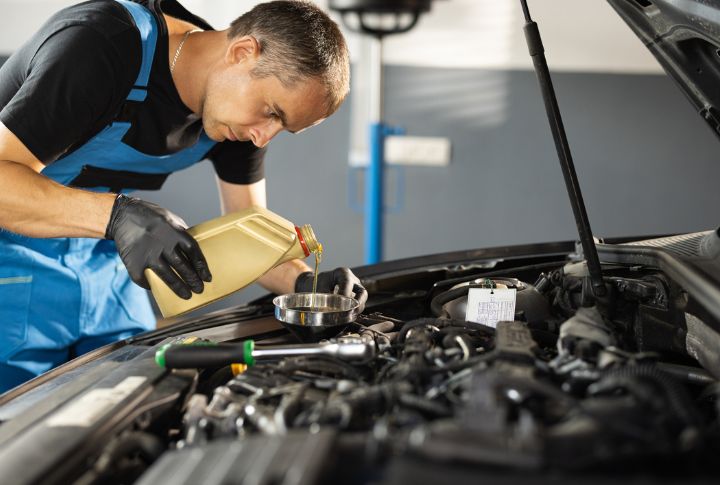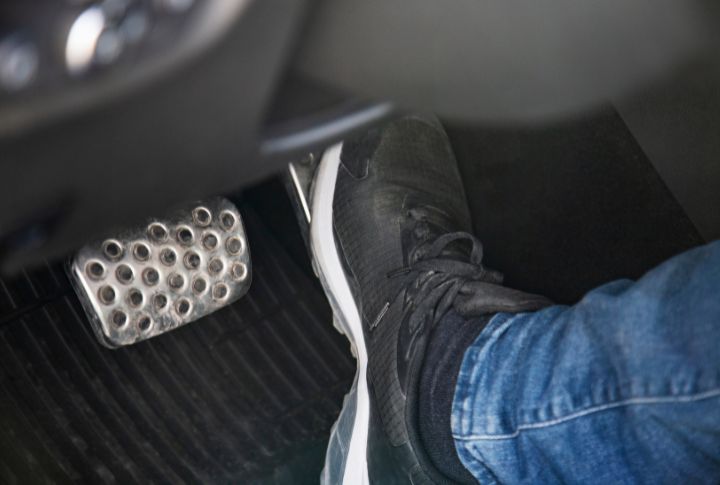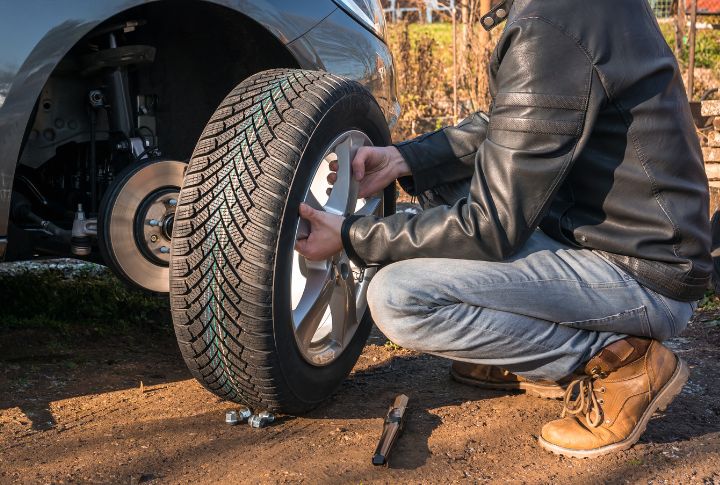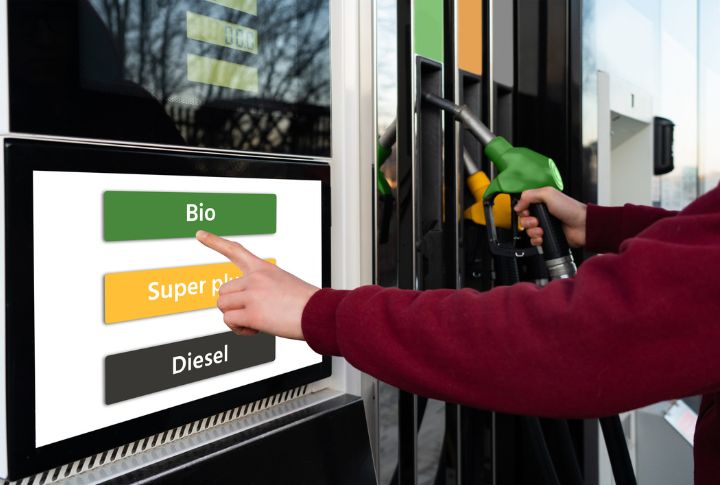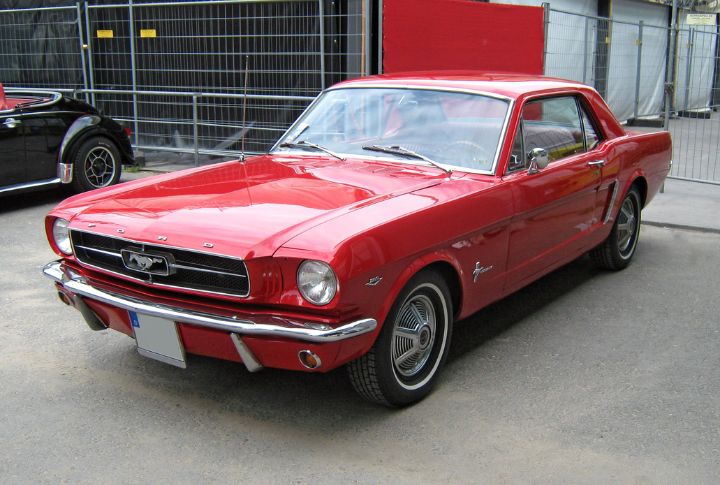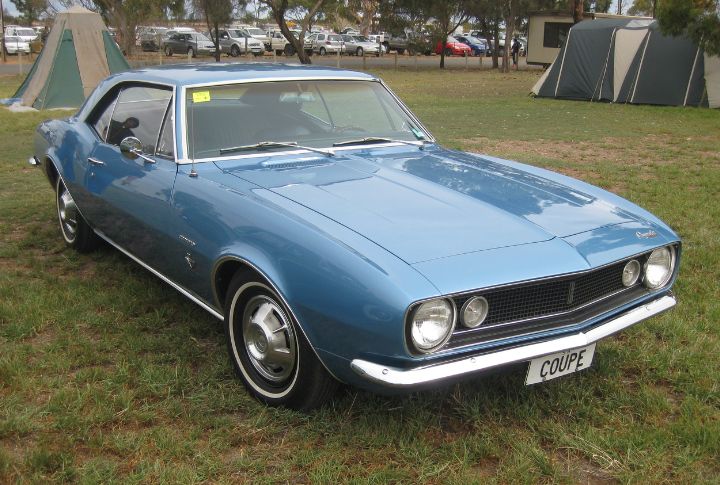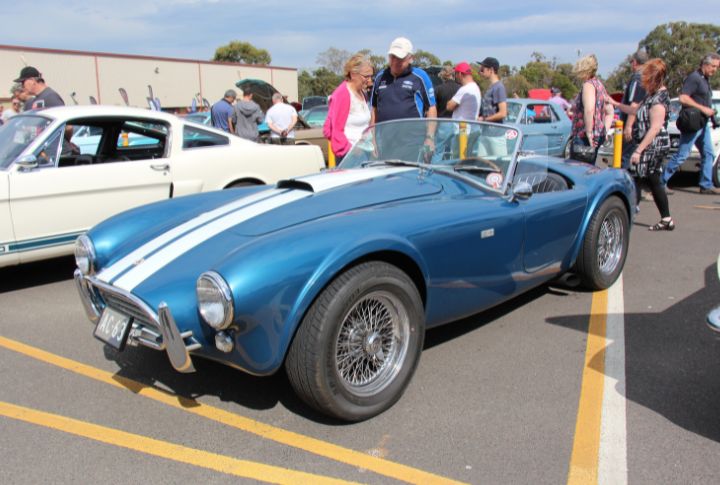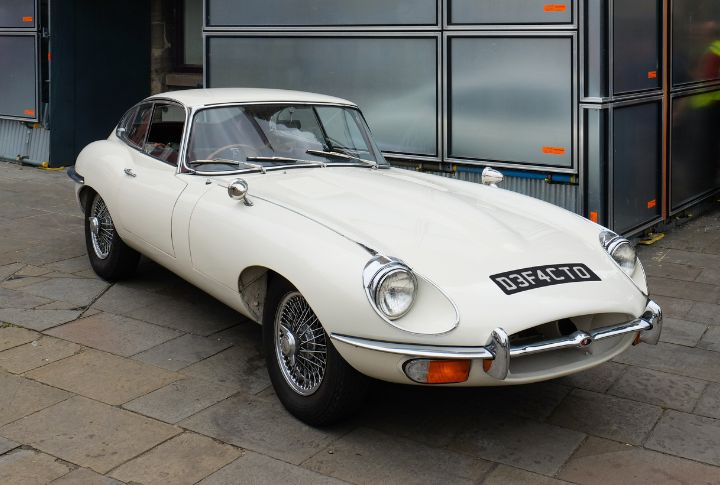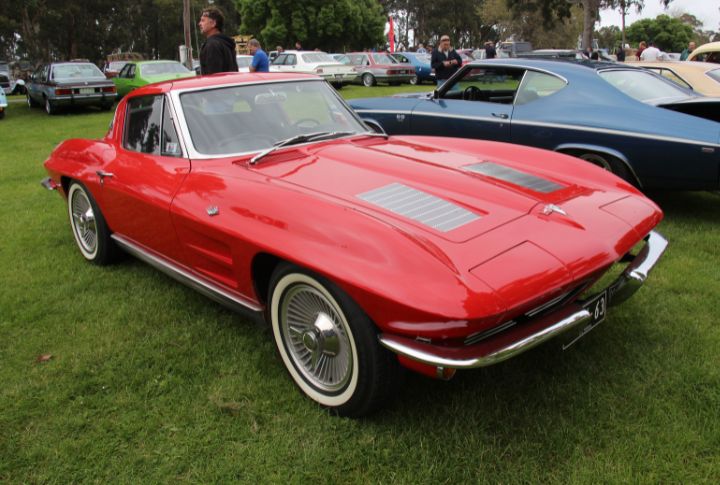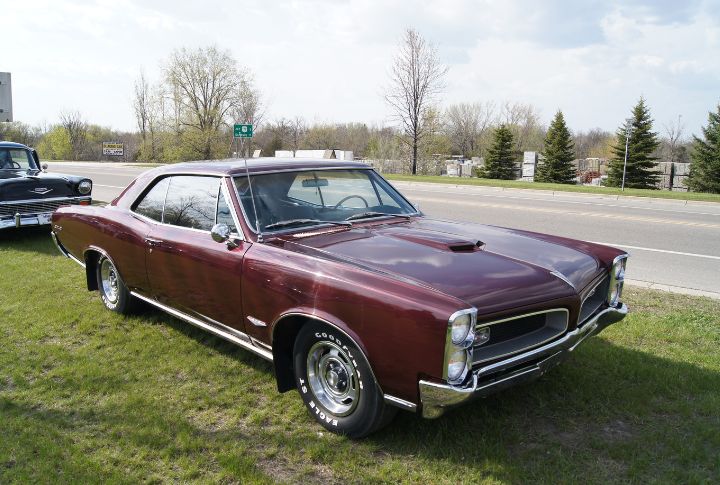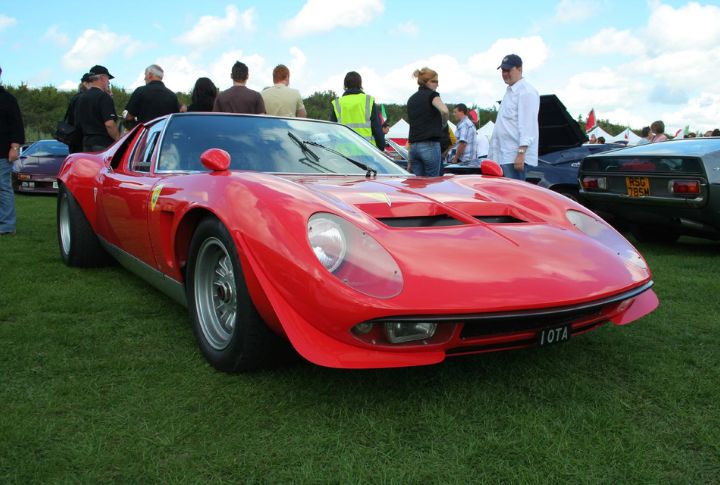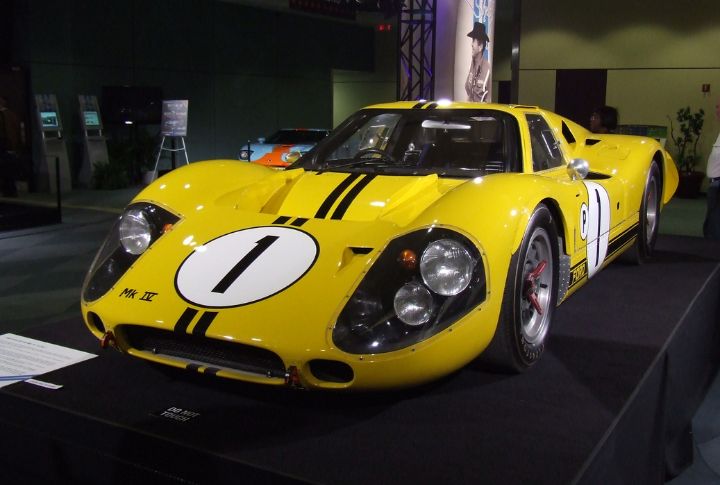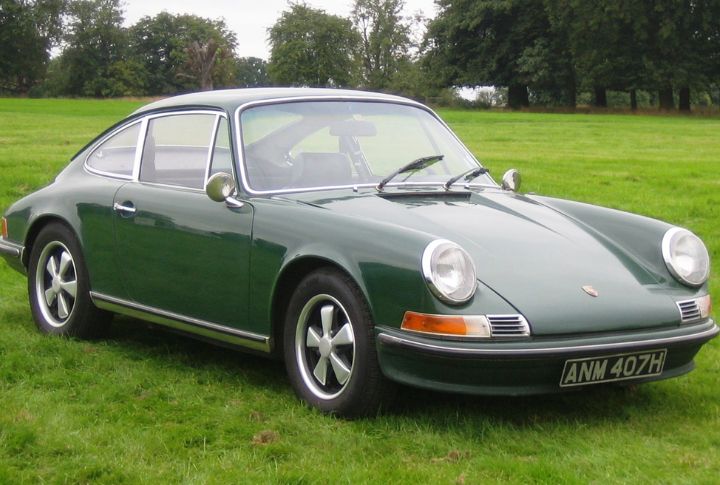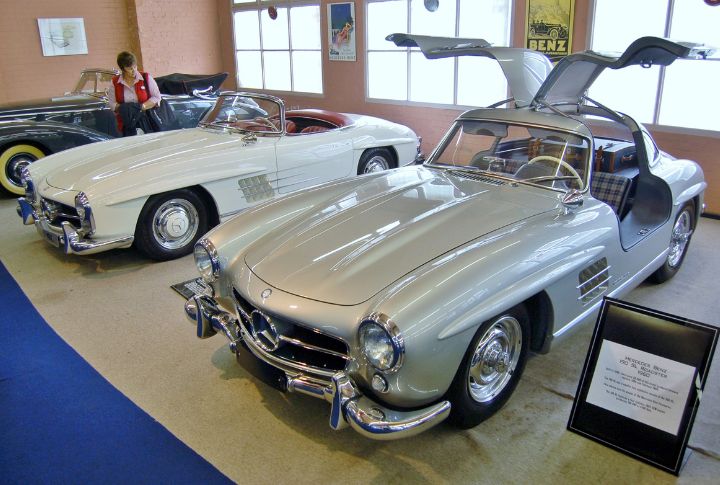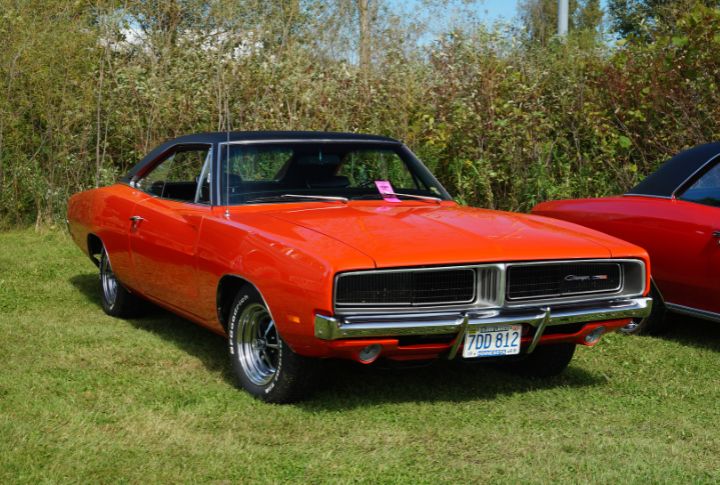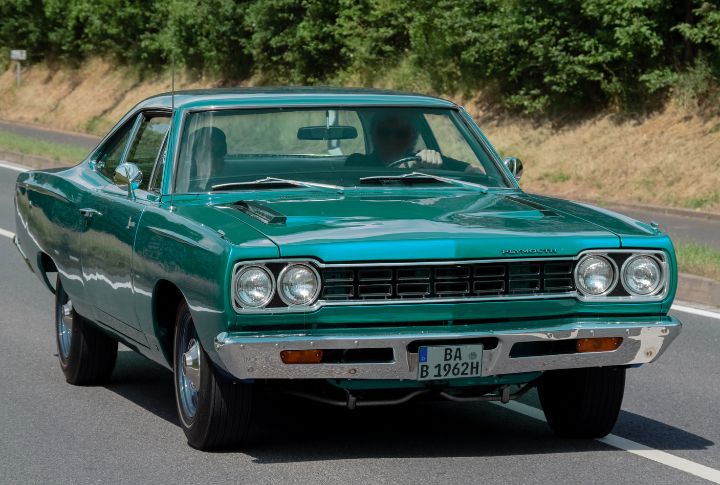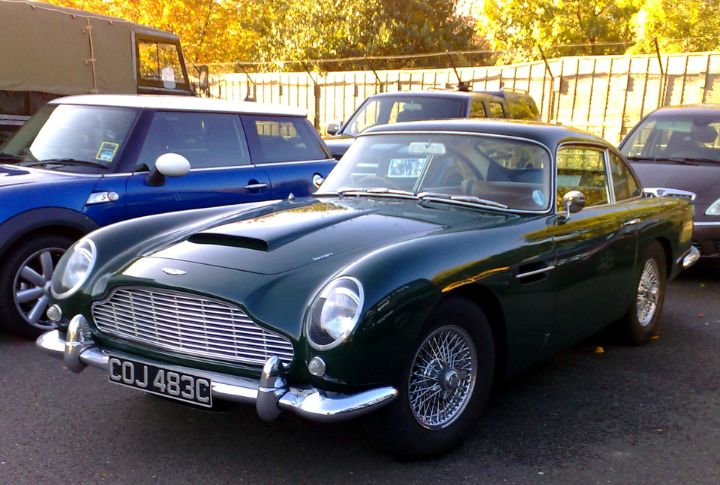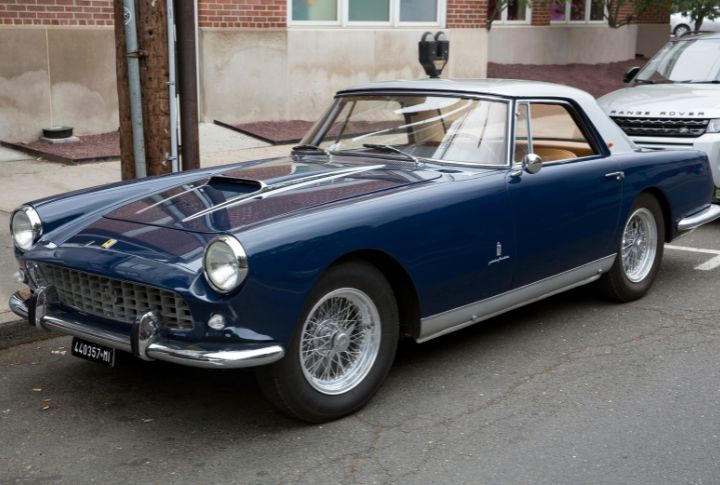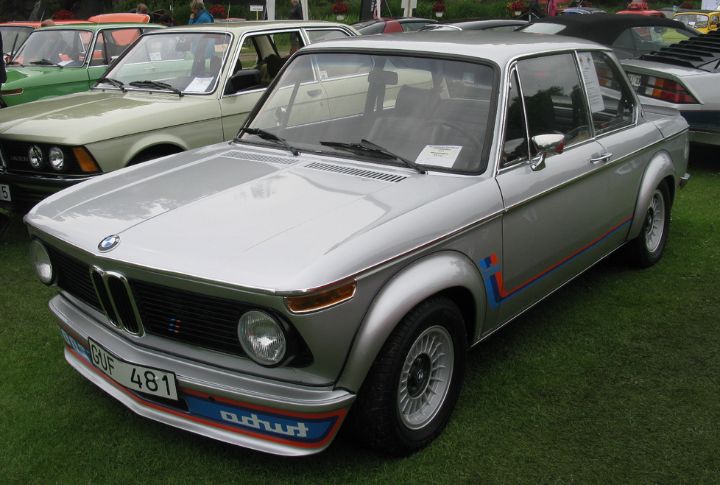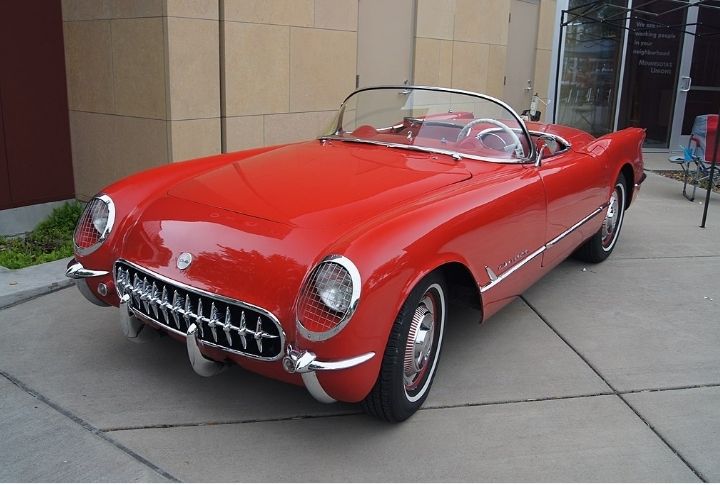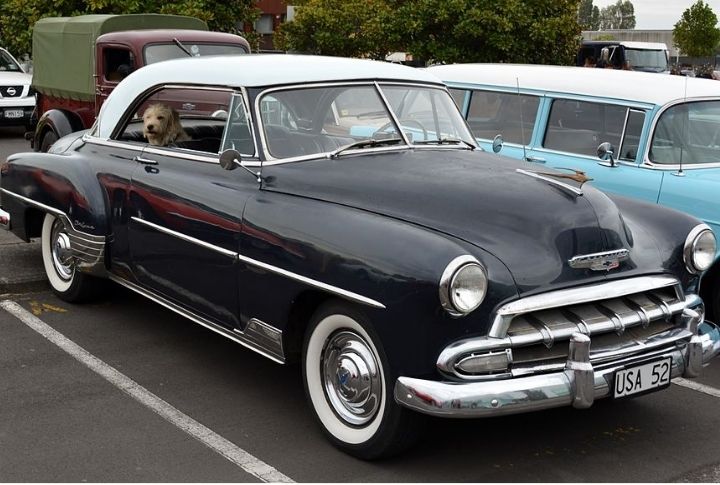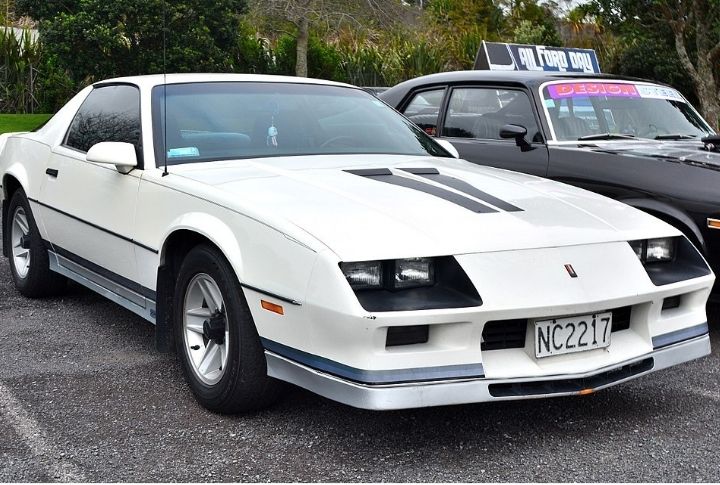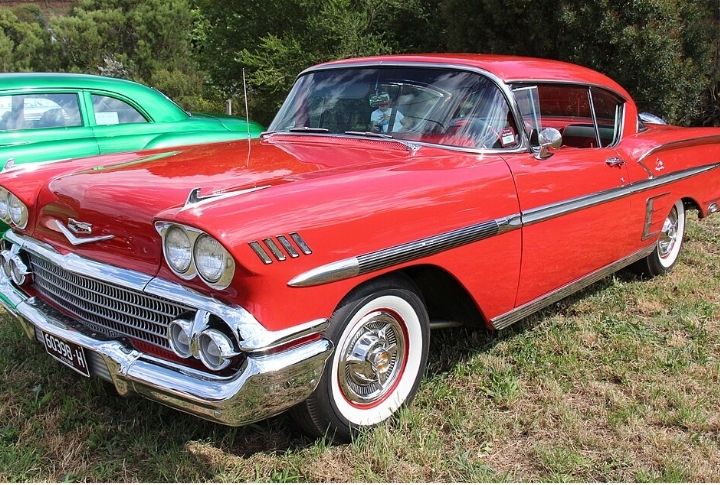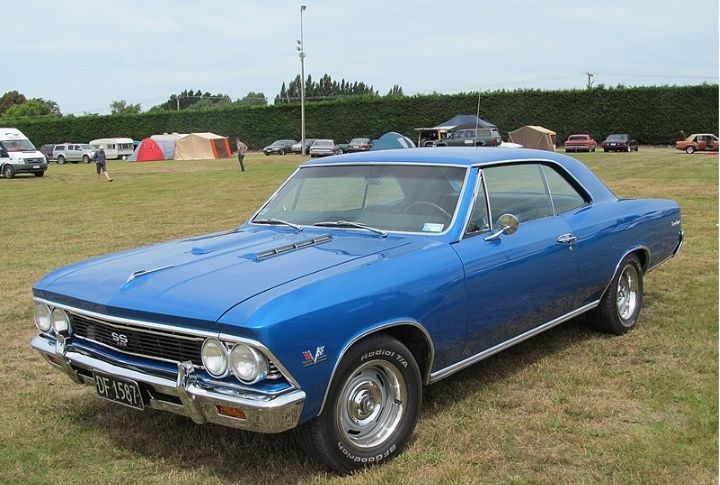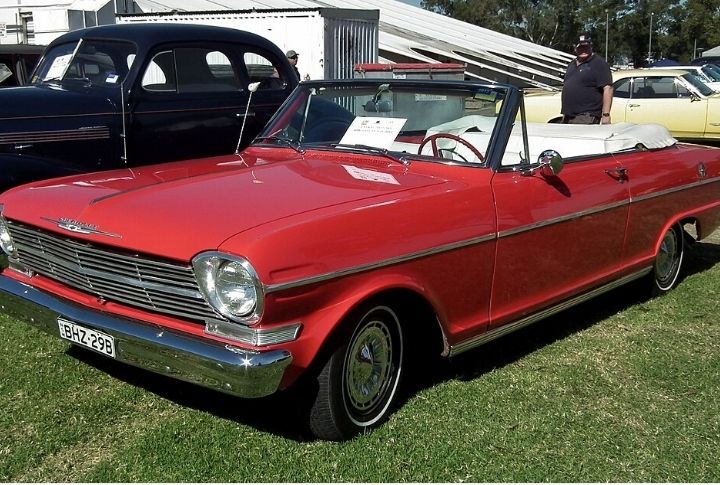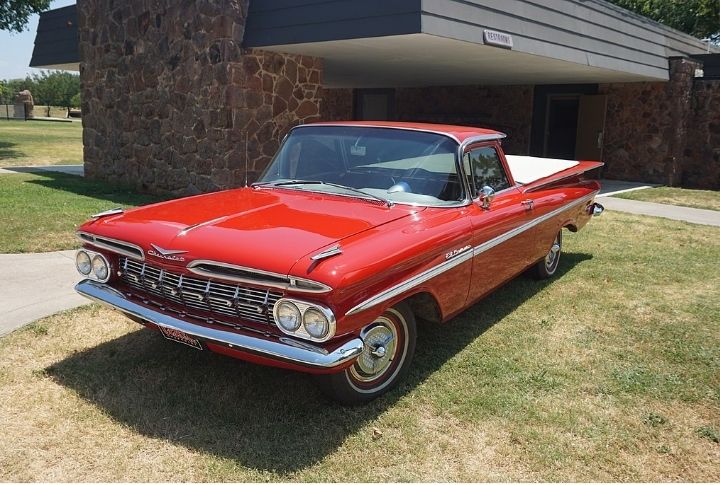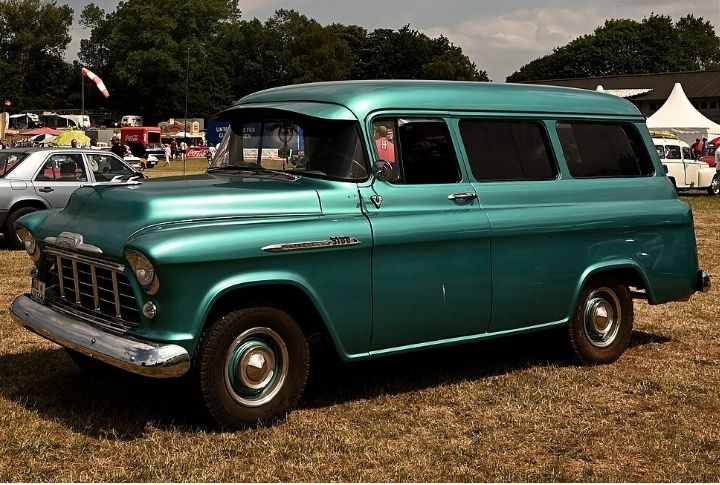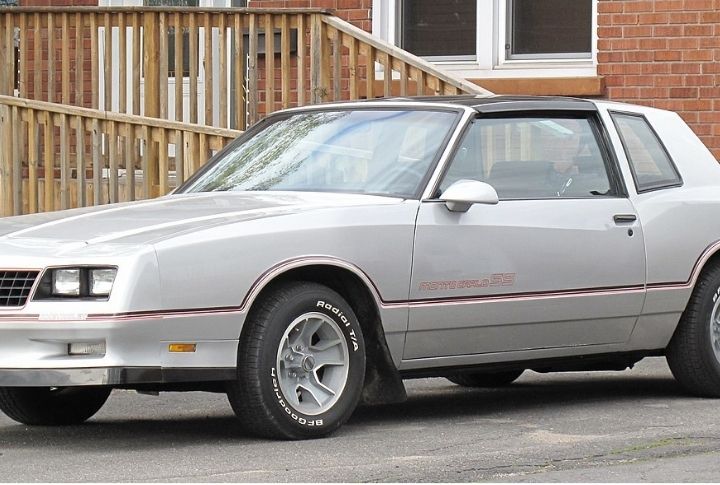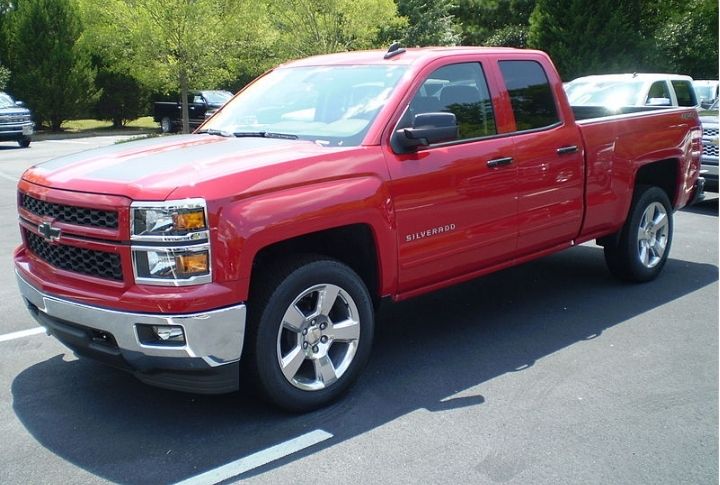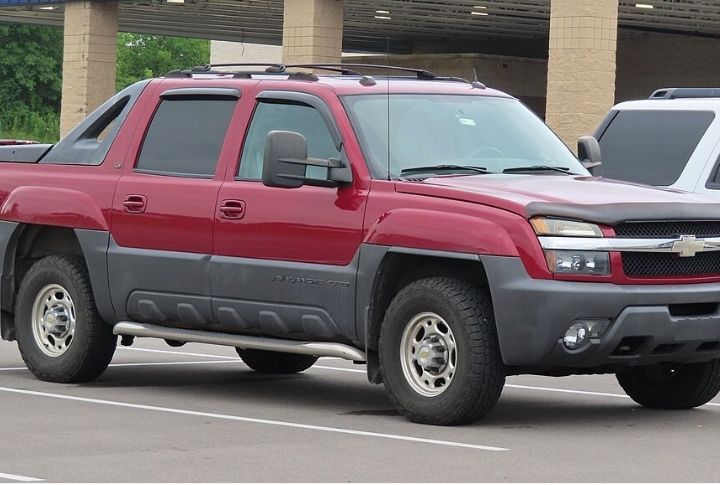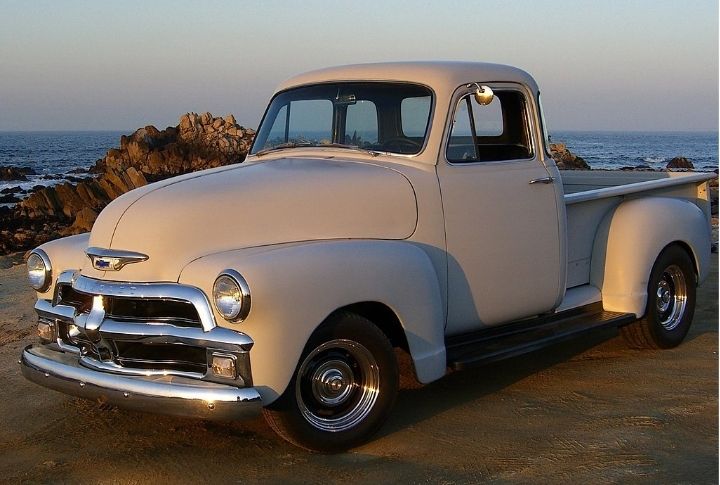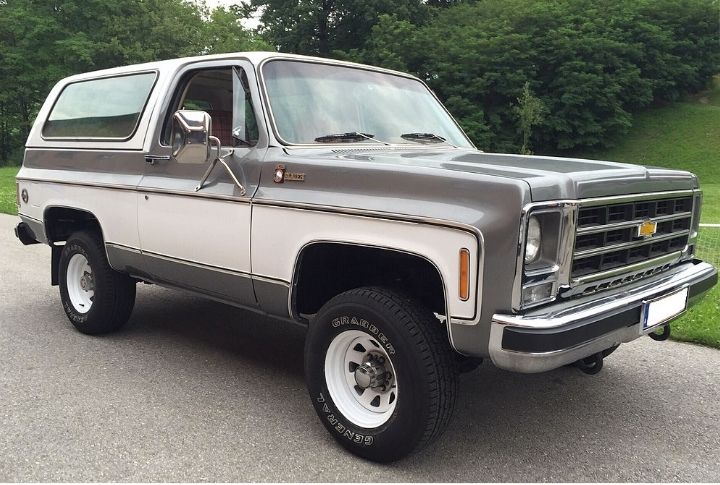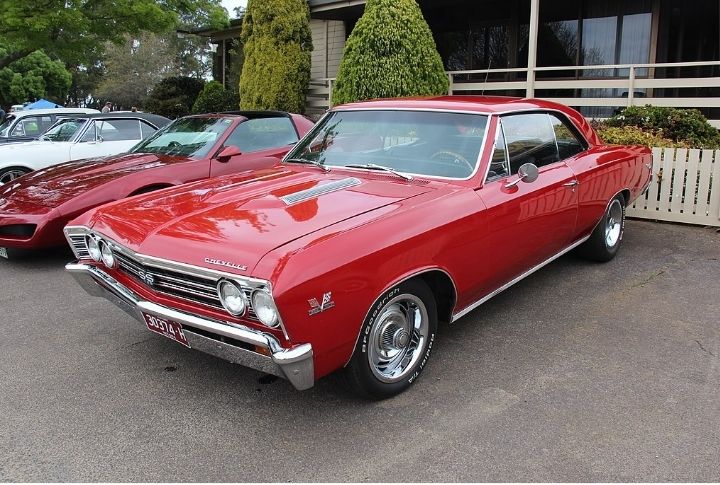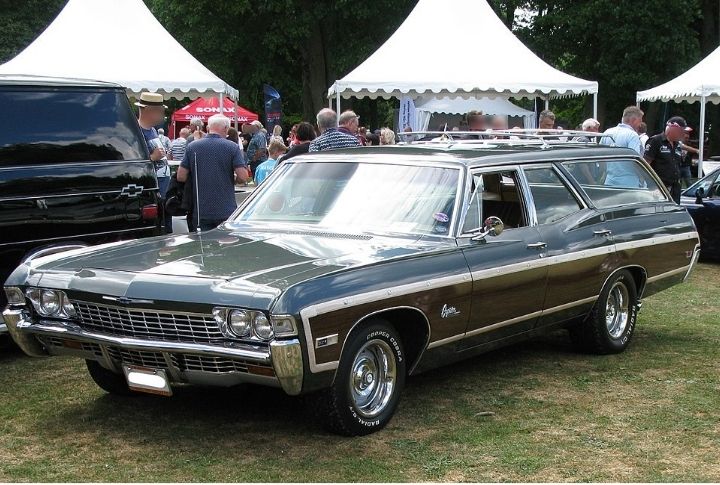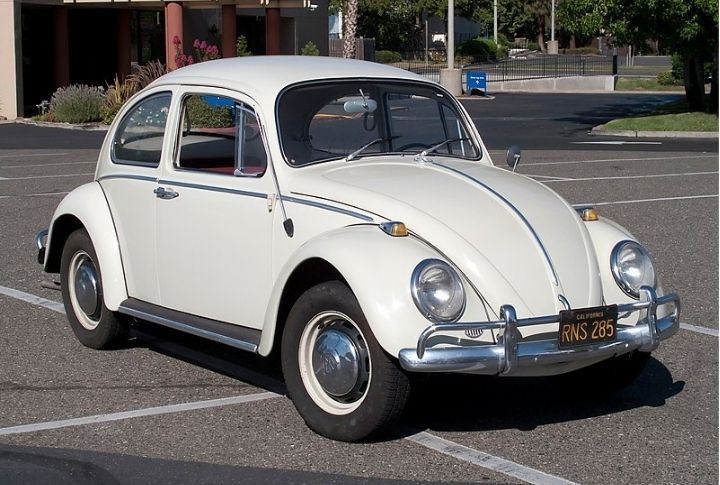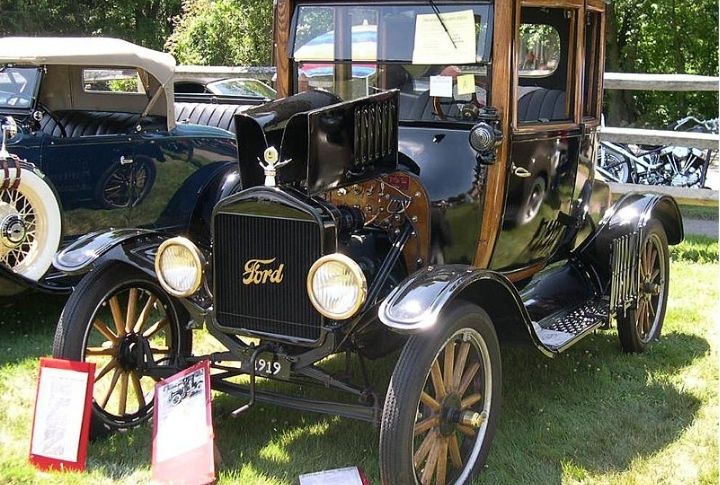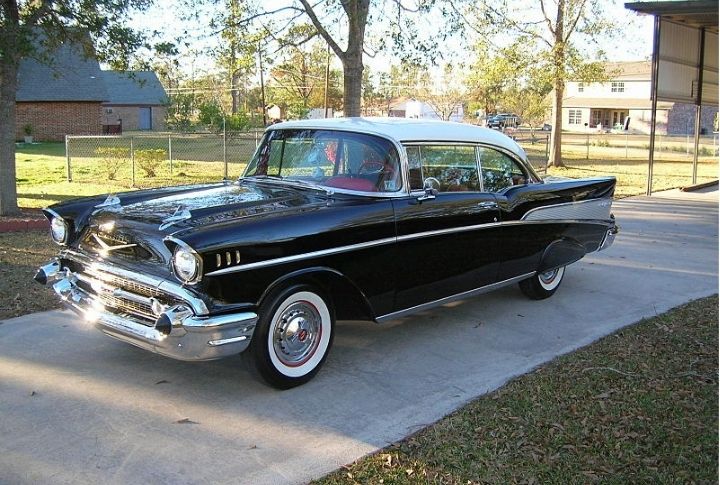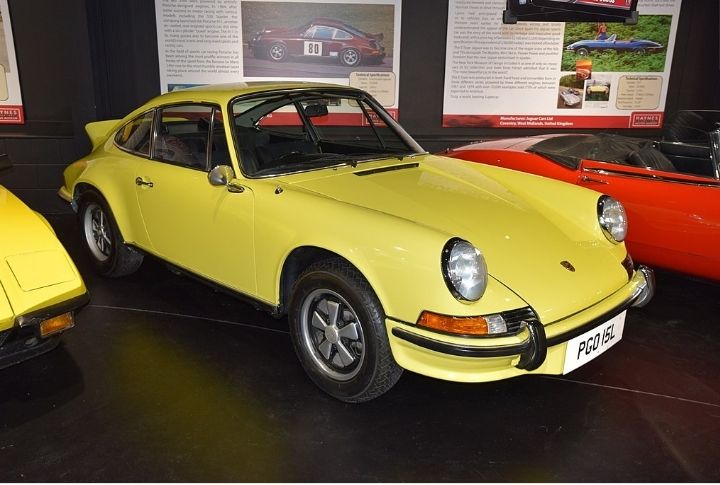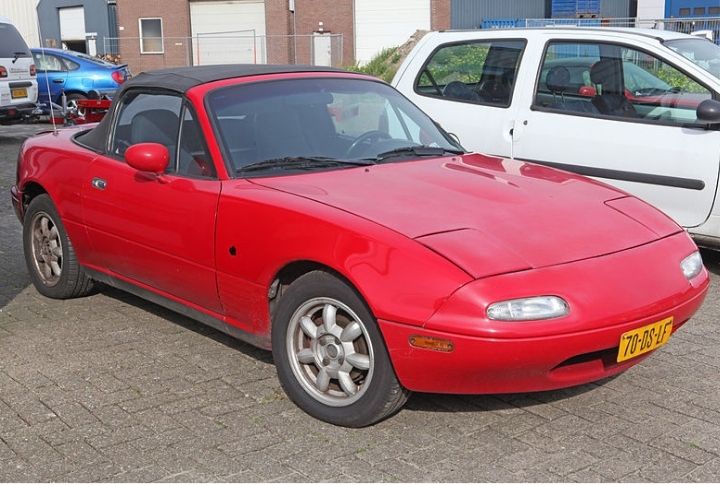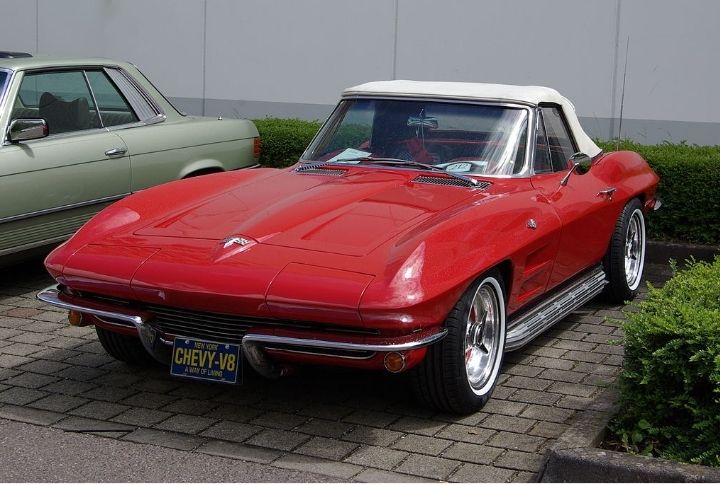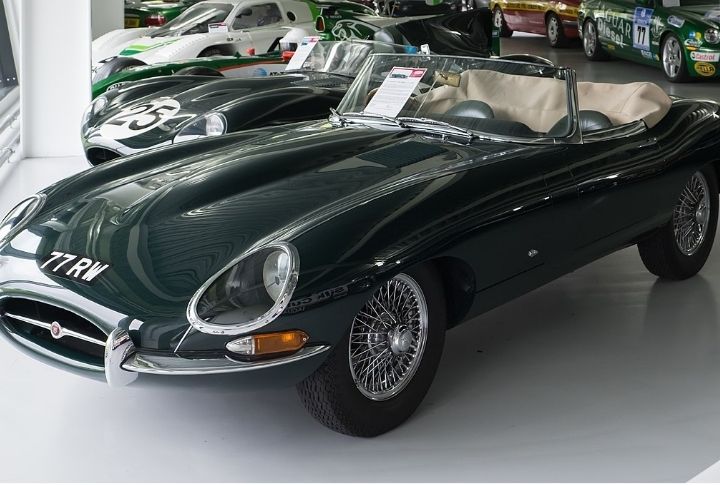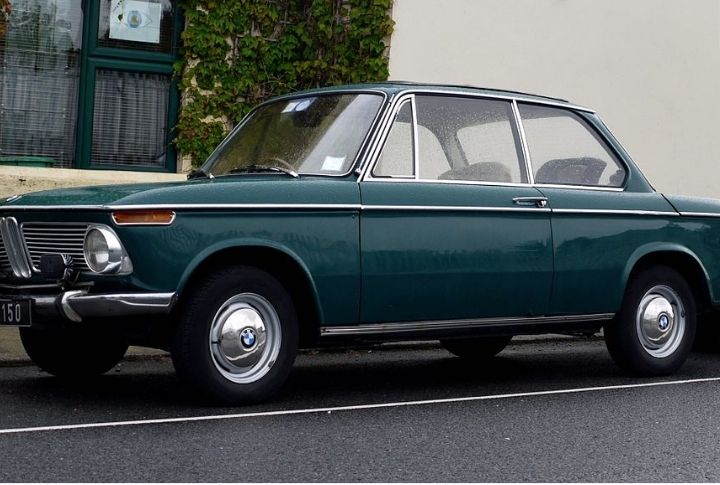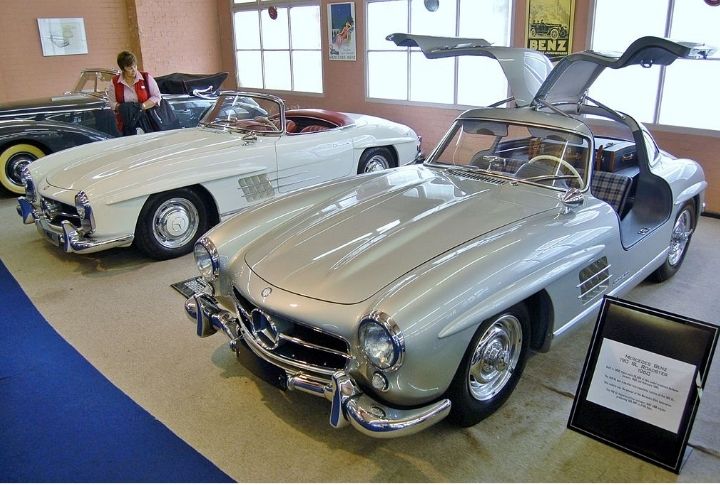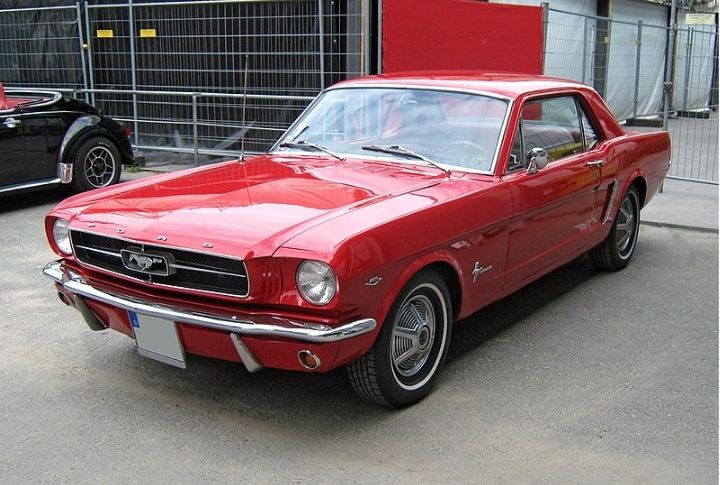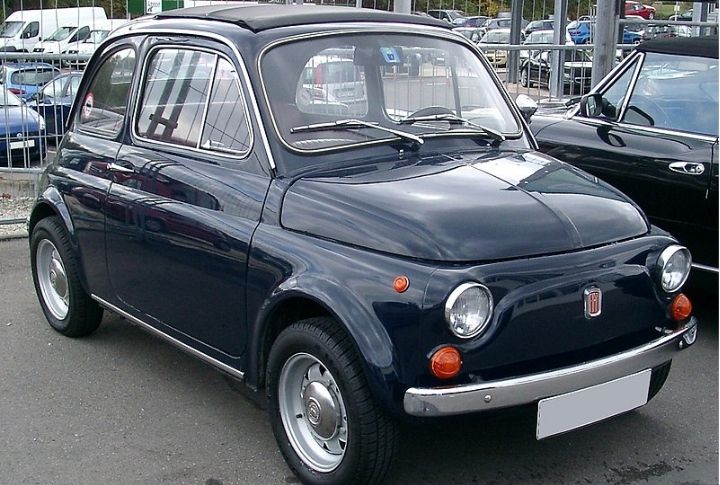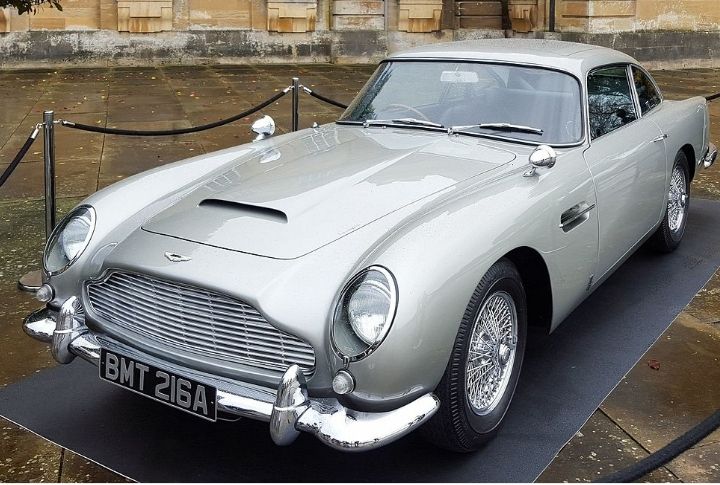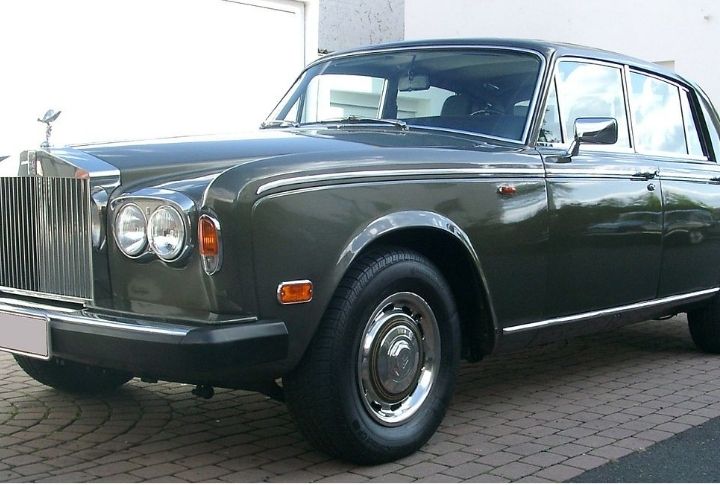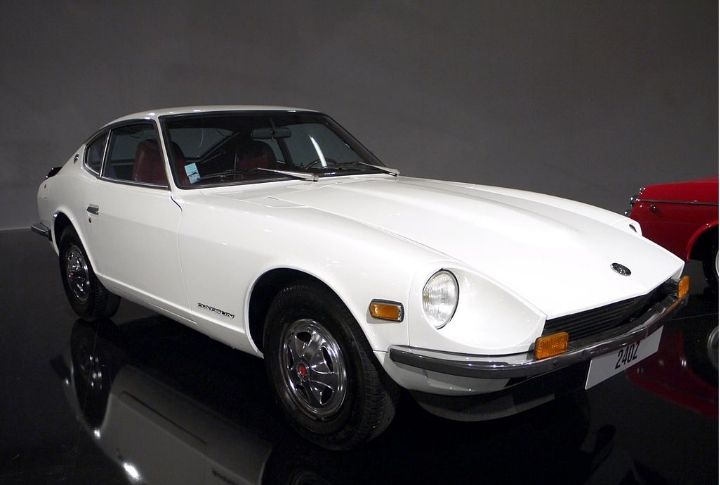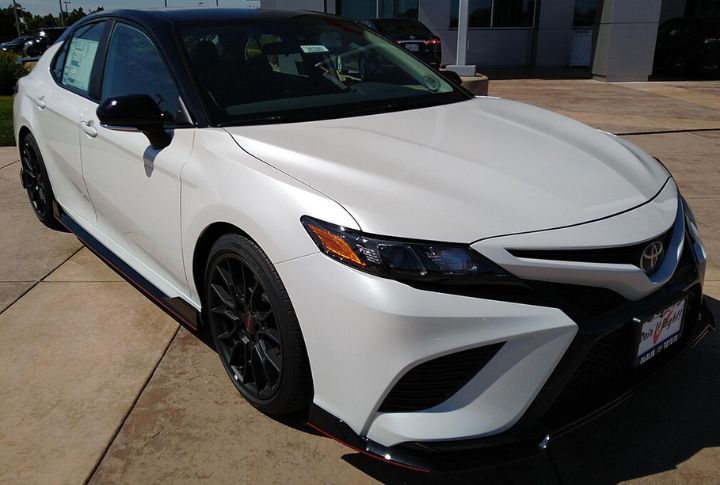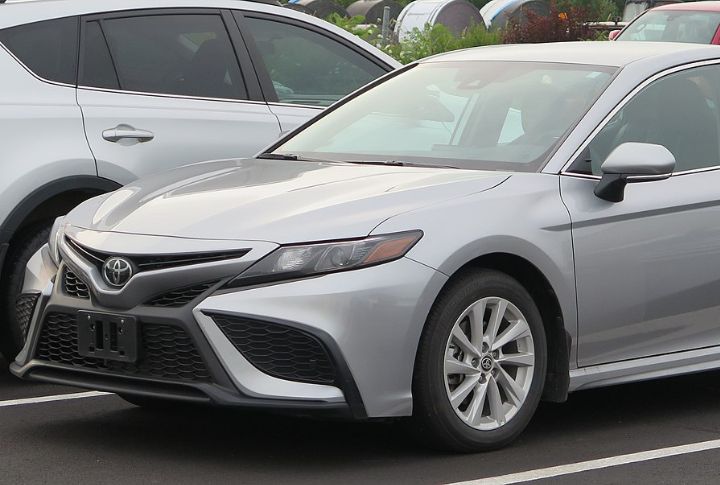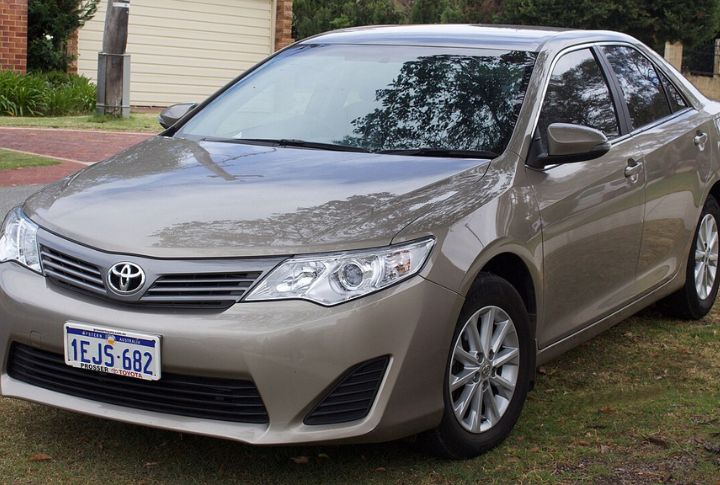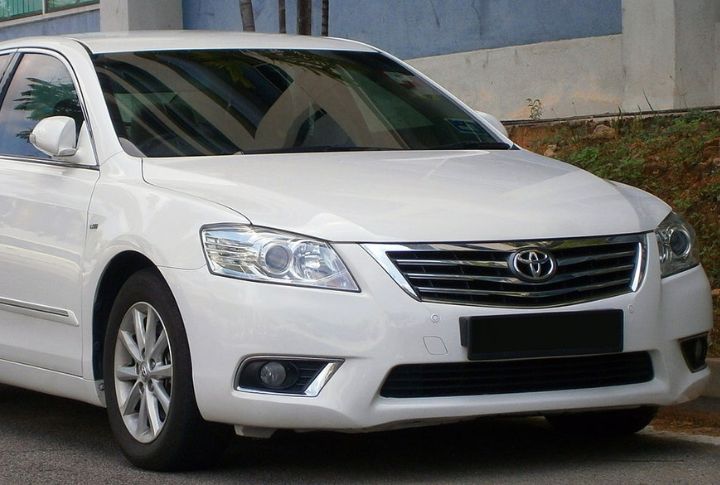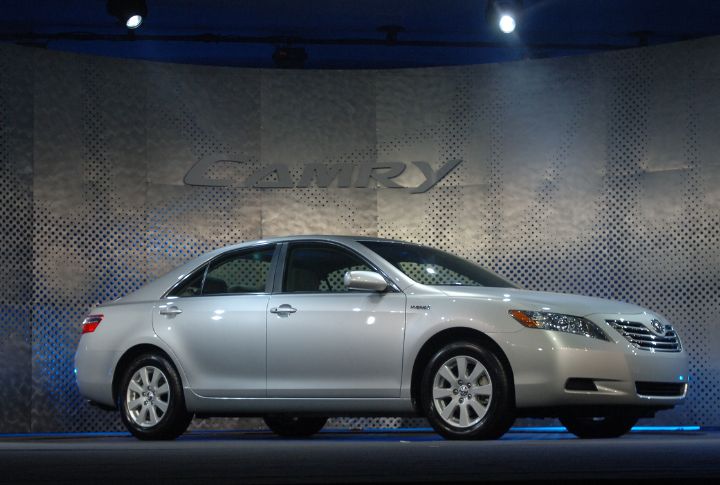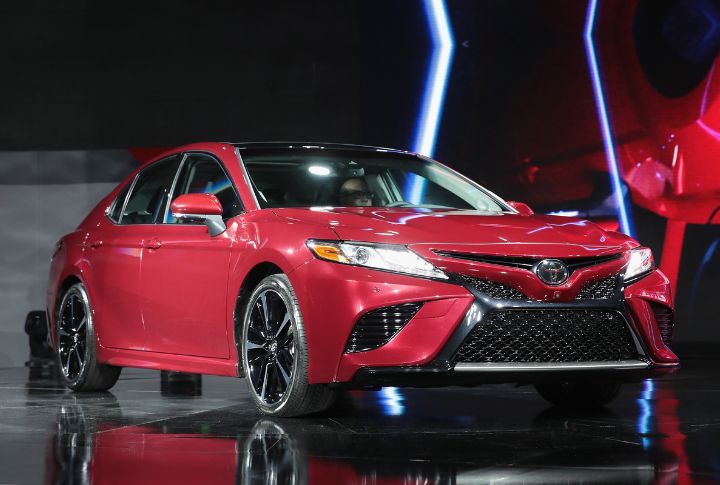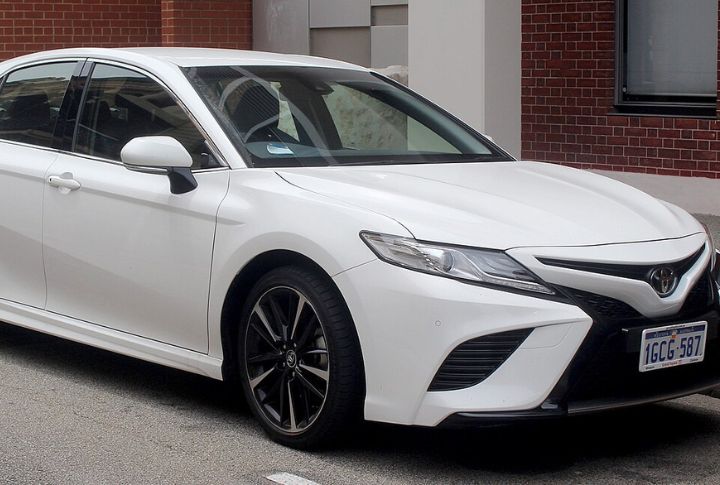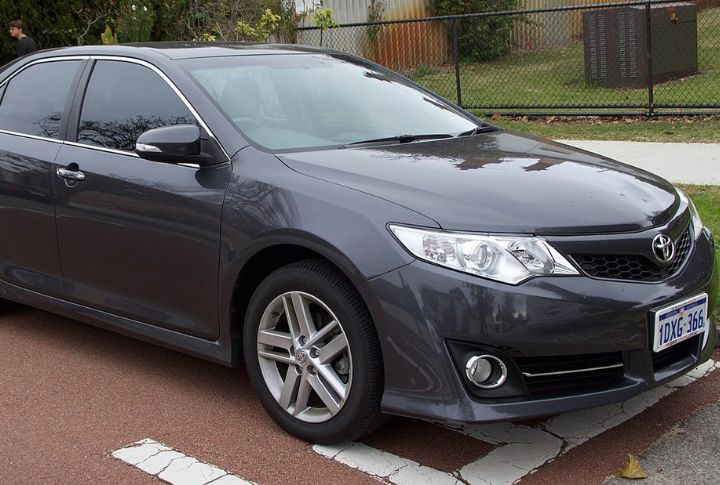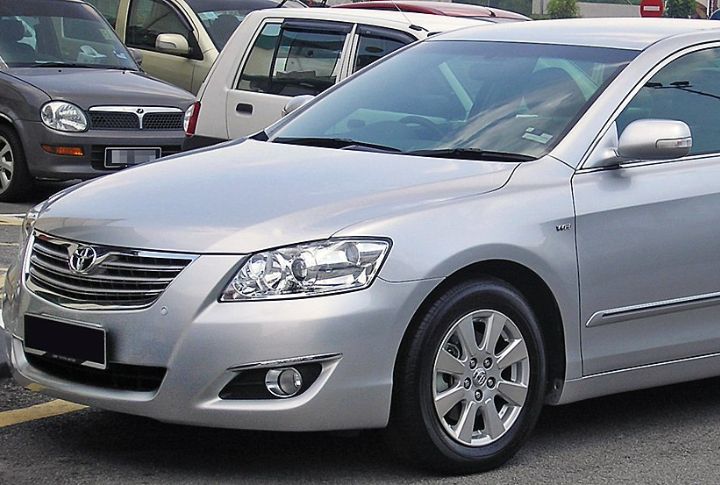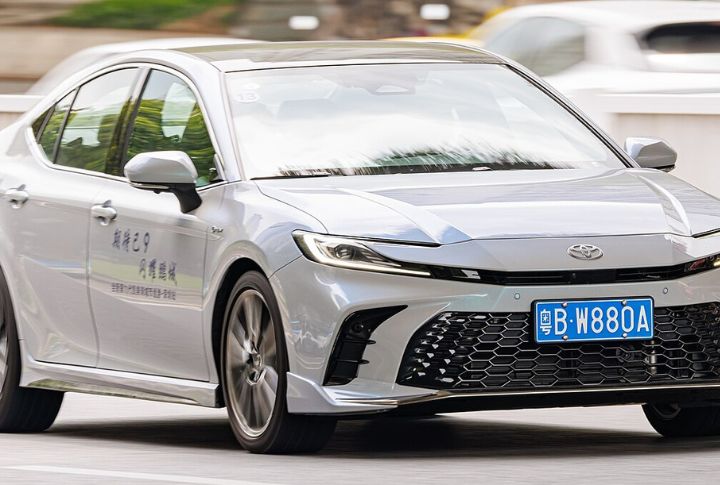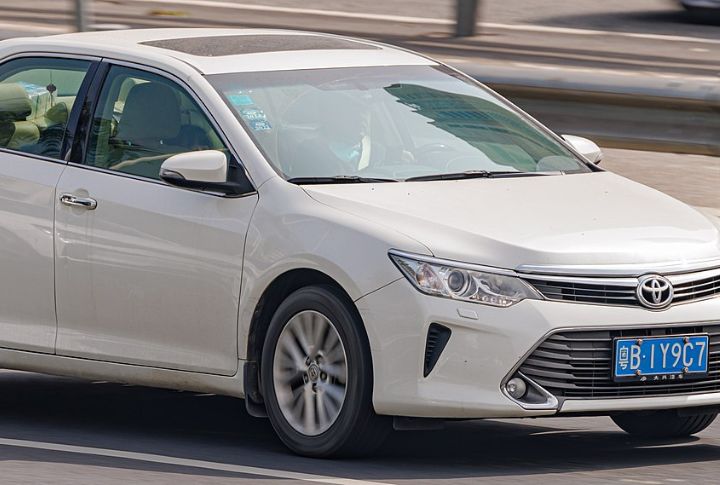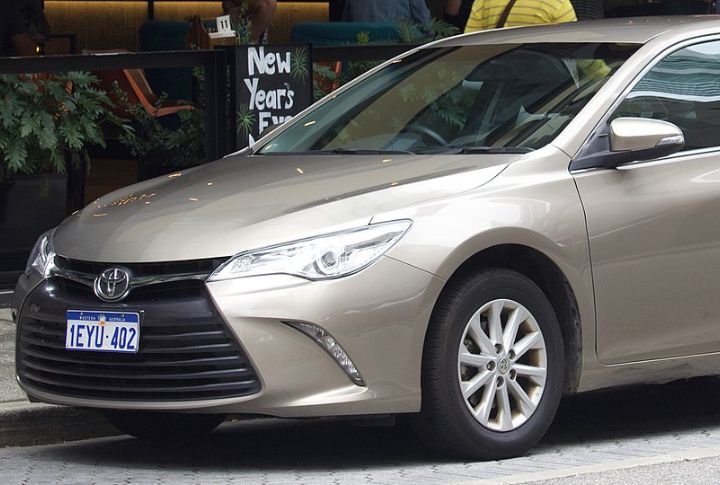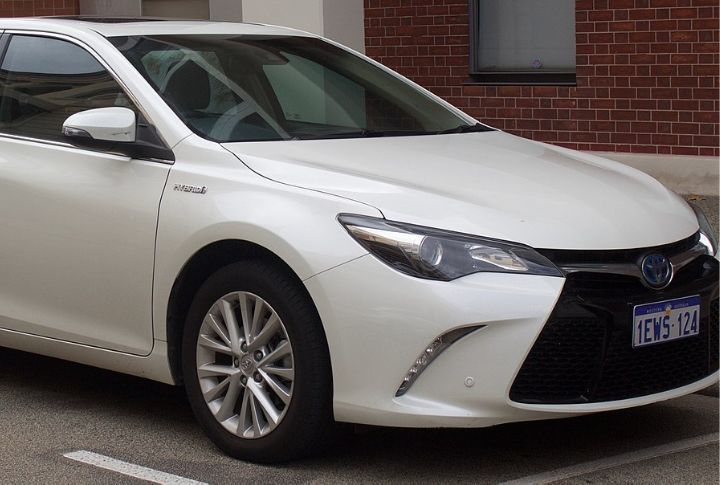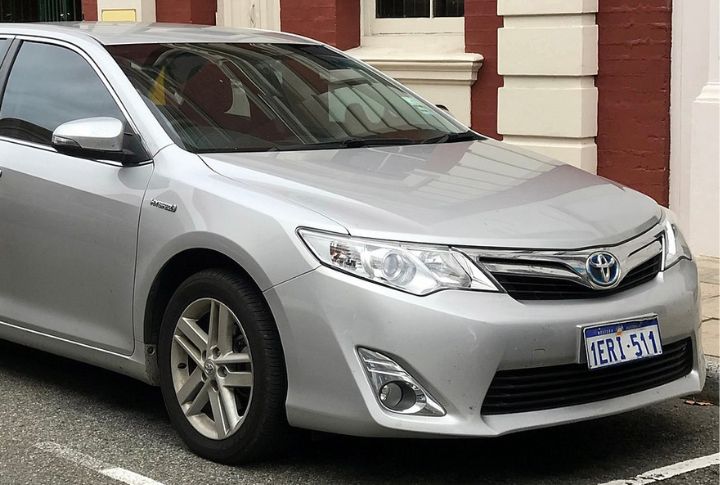Owning a luxury car can be a thrilling experience, but it often comes with a hefty price tag. Beyond the initial purchase price, buyers still end up spending money on recurrent vehicle upkeep, and the amount paid varies hugely by brand. Here is a rundown of the 15 cars that cost a fortune to maintain.
BMW
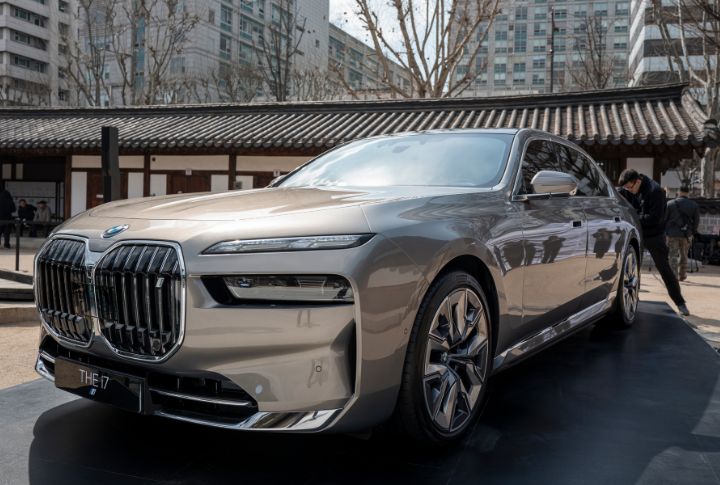
Praised for crafting automobiles that seamlessly blend output and extravagance, BMW cars embody precision and sophistication. However, the elaborate engineering behind their vehicles often necessitates specialized attention, which can lead to more repair expenses. Despite this, many BMW enthusiasts are willing to invest in the brand’s superior craftsmanship and driving experience.
Mercedes-Benz
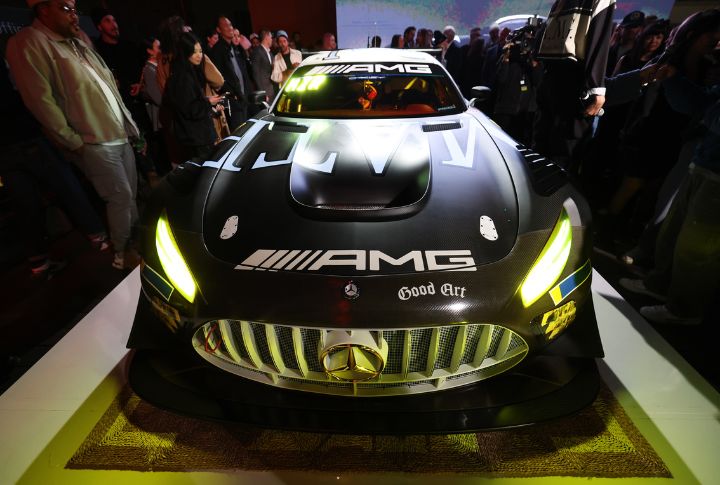
Mercedes-Benz cars are known for their exceptional craftsmanship, futuristic technology, sleek exteriors, and meticulously designed interiors. Every aspect is proof of precision engineering and comfort. Yet, this level of refinement is costly, as the intricacy of its systems often translates to increased repair rates. This challenge notwithstanding, the prestige of purchasing a Mercedes-Benz continues to captivate enthusiasts worldwide.
Porsche
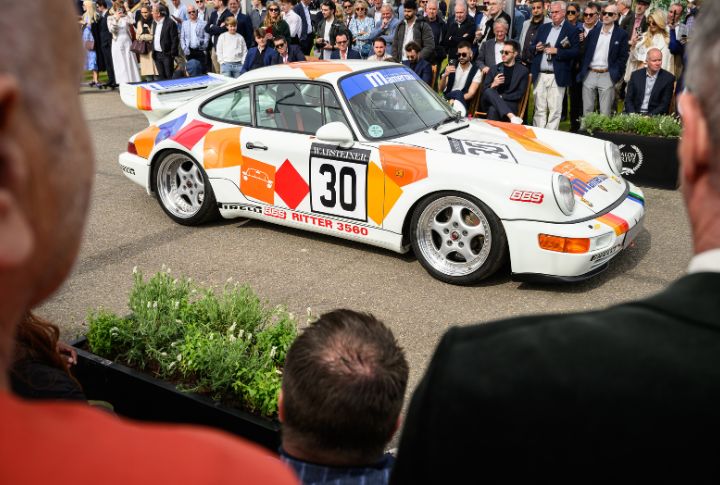
This highly successful comfort car offers exclusive accessories that contribute to its unrivaled road performance. Nevertheless, Porshe’s dedication to excellence comes with a caveat, as repairing these finely tuned machines requires special procedures. Users, therefore, invest heavily in maintaining their automobiles’ optimal functionality during routine servicing or complicated repairs.
Jaguar
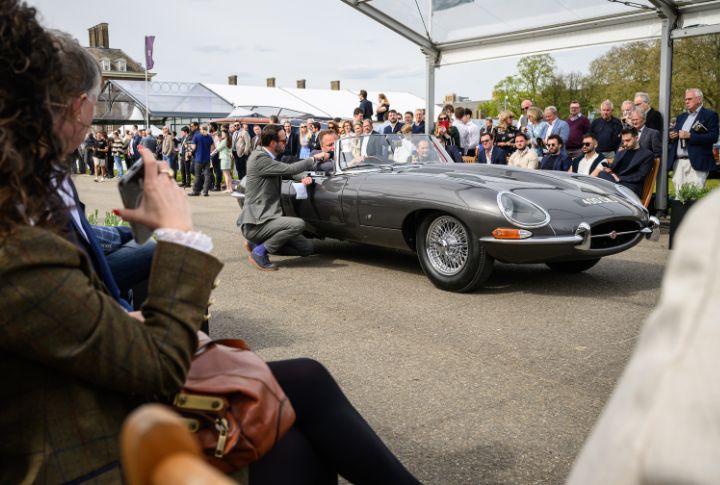
Celebrated for its elegance and power, the Jaguar is a steadfast symbol of luxury. The sleek curves of the exterior and the comfortability of the interior illustrate the car’s sophistication. Because of this, drivers must give their rides to specialized technicians trained to handle the intricacies of Jaguar engineering. Also, the care of these automotive marvels often necessitates using costly components.
Audi
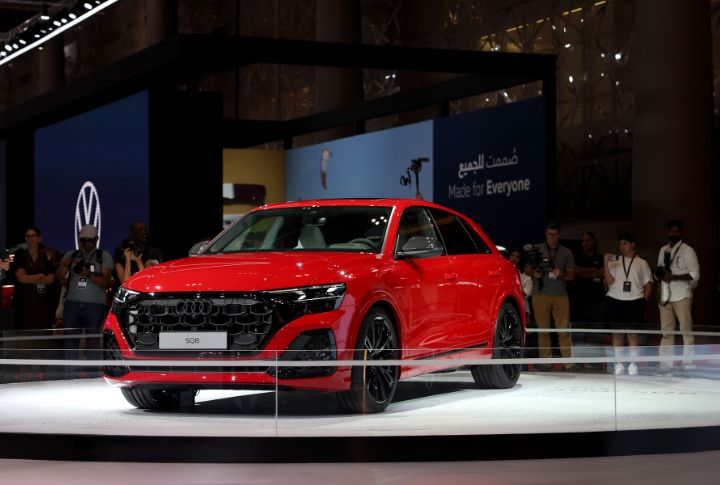
Every Audi model includes sleek aesthetics and sophisticated technologies meticulously designed to elevate driving experiences. Hence, maintaining this level of sophistication requires meticulous care and high-quality components. Audi owners understand the importance of entrusting their rides to certified technicians with expertise and access to genuine Audi accessories.
Tesla
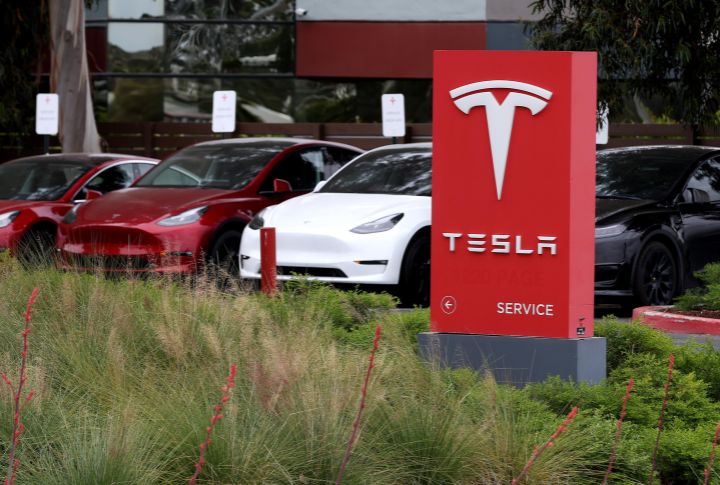
While Tesla’s innovative approach has garnered widespread acclaim, it also introduces unique challenges. Given the integral role of batteries in powering electric vehicles, any complications or degradation in their delivery can result in significant repair expenses for Tesla owners. Tesla cars also incorporate complex and sophisticated elements that require professional servicing and repair procedures.
Land Rover
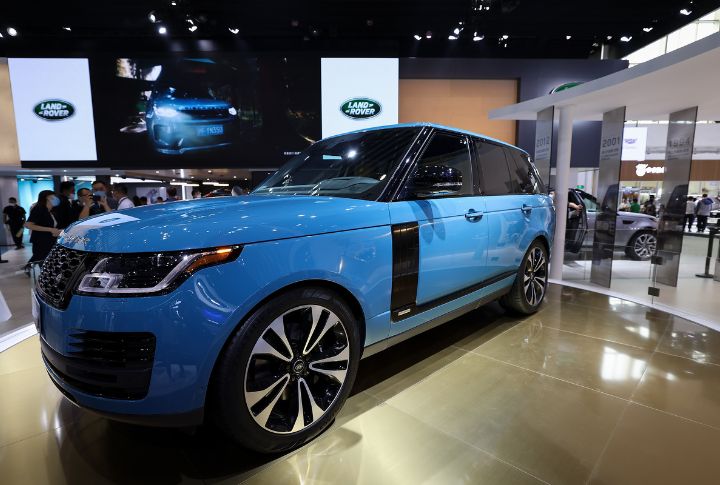
It is famous for its exceptional off-road prowess and opulent interiors. Still, due to the intricate electronic systems and unique materials used in construction, these automobiles demand specialist care, leading to higher maintenance rates. Irrespective of the additional expenses, many owners find the investment worthwhile because of the unparalleled performance experienced in various conditions.
Volvo
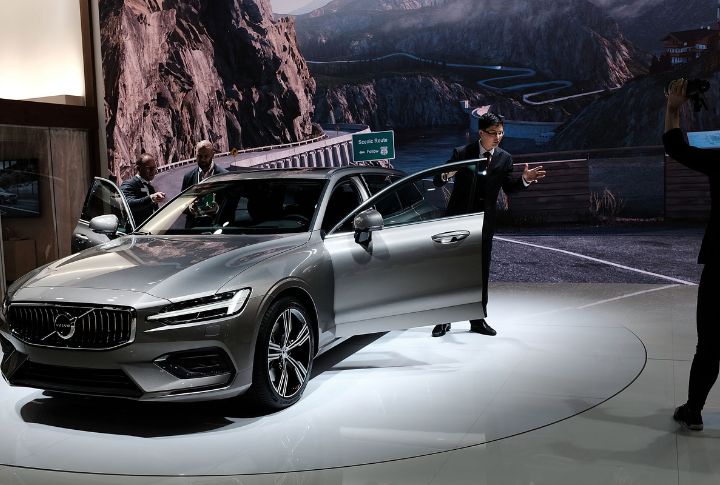
Volvo’s dedication to safety often means that its cars come equipped with futuristic designs. While these features prioritize occupant safety, they may require expert care, potentially leading to more expenditures for Volvo drivers. Notwithstanding the potential for increased upkeep costs, Volvo’s emphasis on safety and innovation remains a cornerstone of its brand identity.
Infiniti
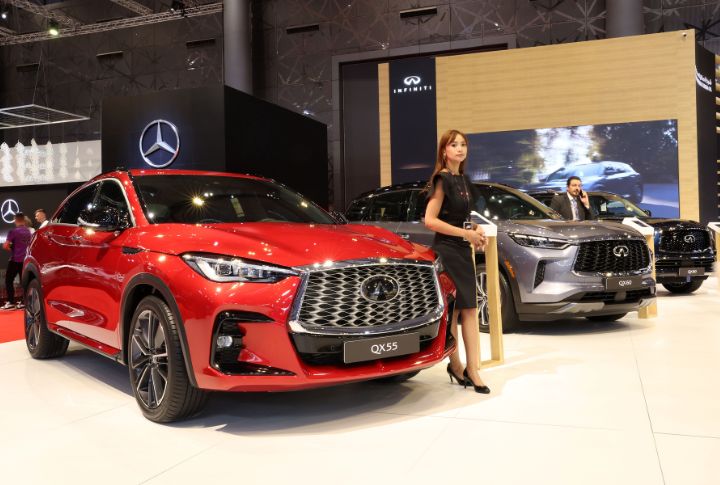
Behind the allure of Infiniti’s premium accessories lies a sophisticated network of systems meticulously designed to deliver optimum output. These advancements satisfy users’ needs, but they may also necessitate careful maintenance procedures and unique parts, contributing to the overall cost of ownership. As such, prospective buyers should prepare for the associated expenditure of maintaining these automobiles.
Cadillac
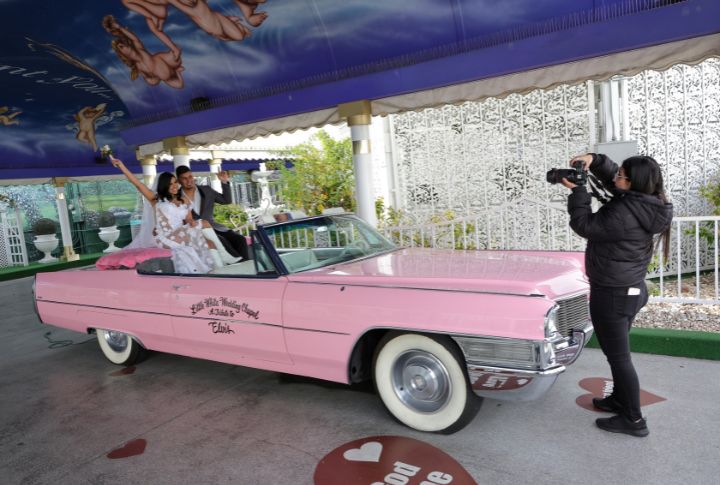
Each Cadillac model exudes extravagance and status, like the Escalade’s classic allure and the CT6’s modern sophistication. Yet, alongside their luxurious appeal, the vehicles attract inflated repair charges because of their advanced features. Their state-of-the-art technology and complex setups necessitate professional attention, resulting in higher upkeep prices.
Bentley
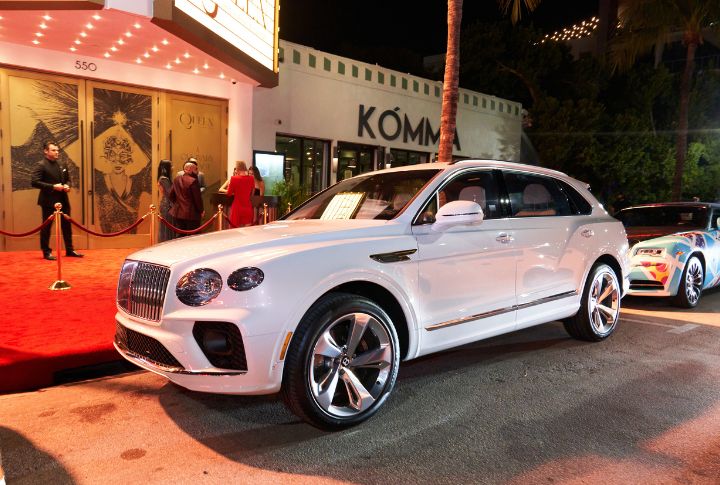
They are costly because of the brand’s uncompromising commitment to comfort. Additionally, their bespoke nature implies users will always need exclusive parts and expert services to keep the vehicle at optimum power. As a result, prospective buyers should be financially prepared to cover the extra maintenance rates required to keep the car running.
Lexus
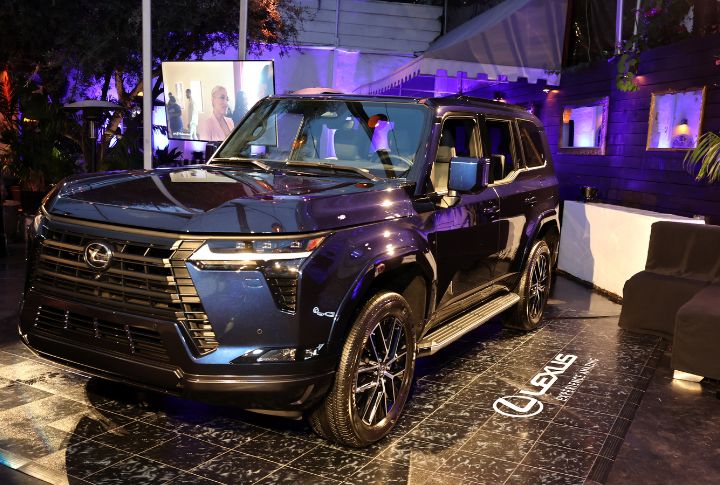
While Lexus owners enjoy the assurance of driving a durable and dependable vehicle, they must also prepare themselves for the financial commitment accompanying ownership. The car’s complex systems require the attention of highly trained technicians. Consequently, routine repairs and servicing may incur increased fees than vehicles with lesser pedigree.
Acura
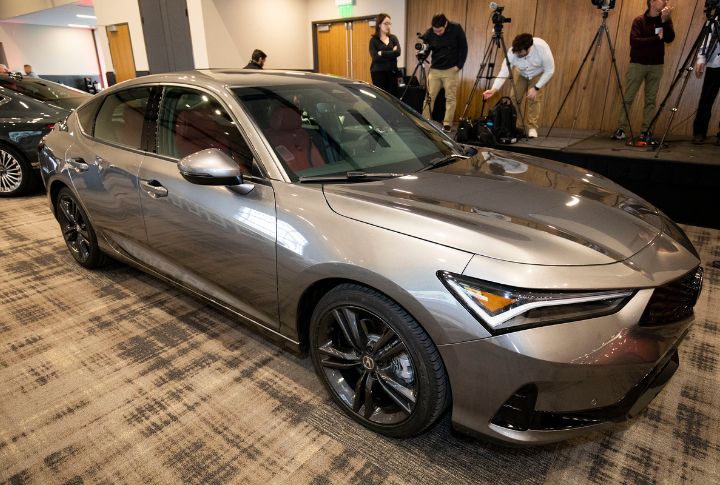
These models boast cutting-edge technology and precision craftsmanship, setting them apart in the automotive market. Their advanced features and intricate setups may require special tools and expertise for maintenance and repairs, adding to the overall ownership expenditure. Nevertheless, the brand remains a compelling choice for enthusiasts seeking a harmonious blend of output and refinement.
Maserati
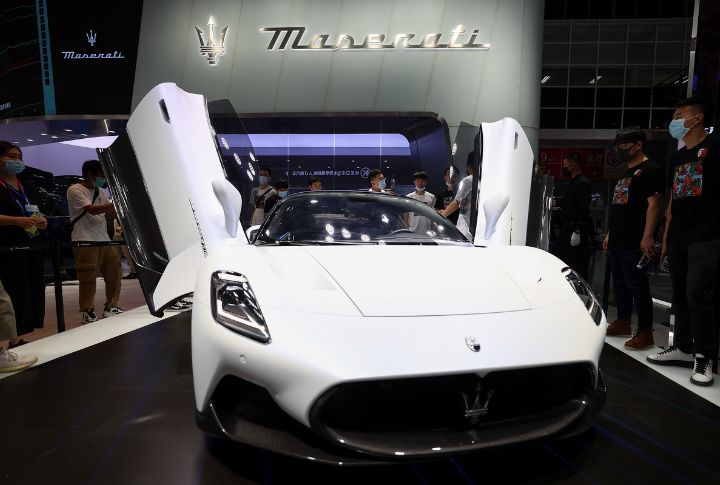
With a harmonious fusion of futuristic technology, exquisite craftsmanship, and timeless design, the Maserati continues to woo prospects. Nevertheless, this devotion to excellence comes with a price, as their cars require expert attention to ensure peak performance and longevity. The charges for routine servicing and replacing intricate components can escalate quickly, requiring intending buyers to prepare for such financial commitment.
Ferrari
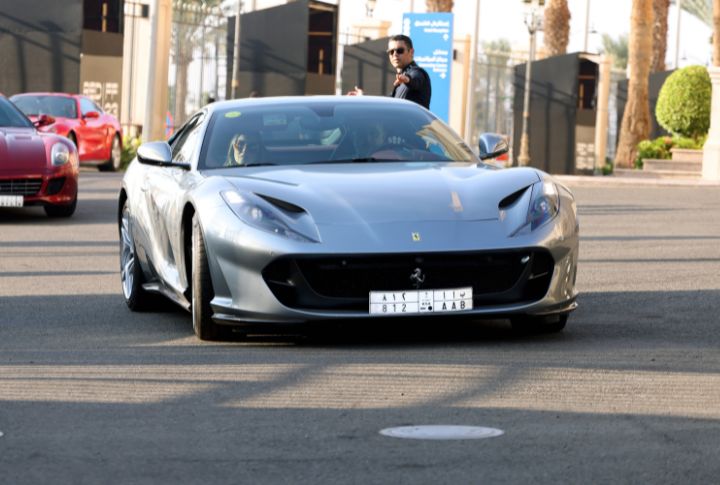
Ferraris are synonymous with unparalleled speed, luxury, and prestige. Still, owning one requires professional service, often resulting in substantial upkeep costs. Moreover, the scarcity of spare parts and the intricacy of their technologies further contribute to the elevated fees associated with owning and maintaining these exotic automobiles.


